This was my first visit to the hero city. I went on a sightseeing tour, for which Vukovar is well-known.
Unfortunately, due to his tragic past.
A lovely sunny day in the lovely city of Vukovar. Before the short-lived 32nd year. A city full of life, warmth, and opportunities for a beautiful life was snuffed out by a terrible tragedy known as war.
We are all aware of the current situation in Ukraine, as well as the horrific images, videos, and news that are reaching us. How much suffering, sorrow, and grief war brings.
As a result, on August 25, a dark cloud descended on Croatia and the hero city of Vukovar.

Vukovar is a city in Central and South-Eastern Europe, on the border of Eastern Slavonia and Western Srijem, on the right bank of the navigable Danube River, and at the confluence of the Slavonic Vuka River and the Danube. The Vuka River divides the city into two parts and flows into the Danube in the center, i.e. the older part of the city is located on the slopes of the Vukovar plain and the high Danube bank, while the western part of the city - New Vukovar with Borovo Naseljem - is located on the left bank in the lowlands.

Vukovar is located on the main traffic route from the northwest to the southeast, known as the "lime road" even in Roman times. Vukovar has been an important river port since the nineteenth century, located halfway along the Danube River's waterway from Central Europe to the Black Sea.
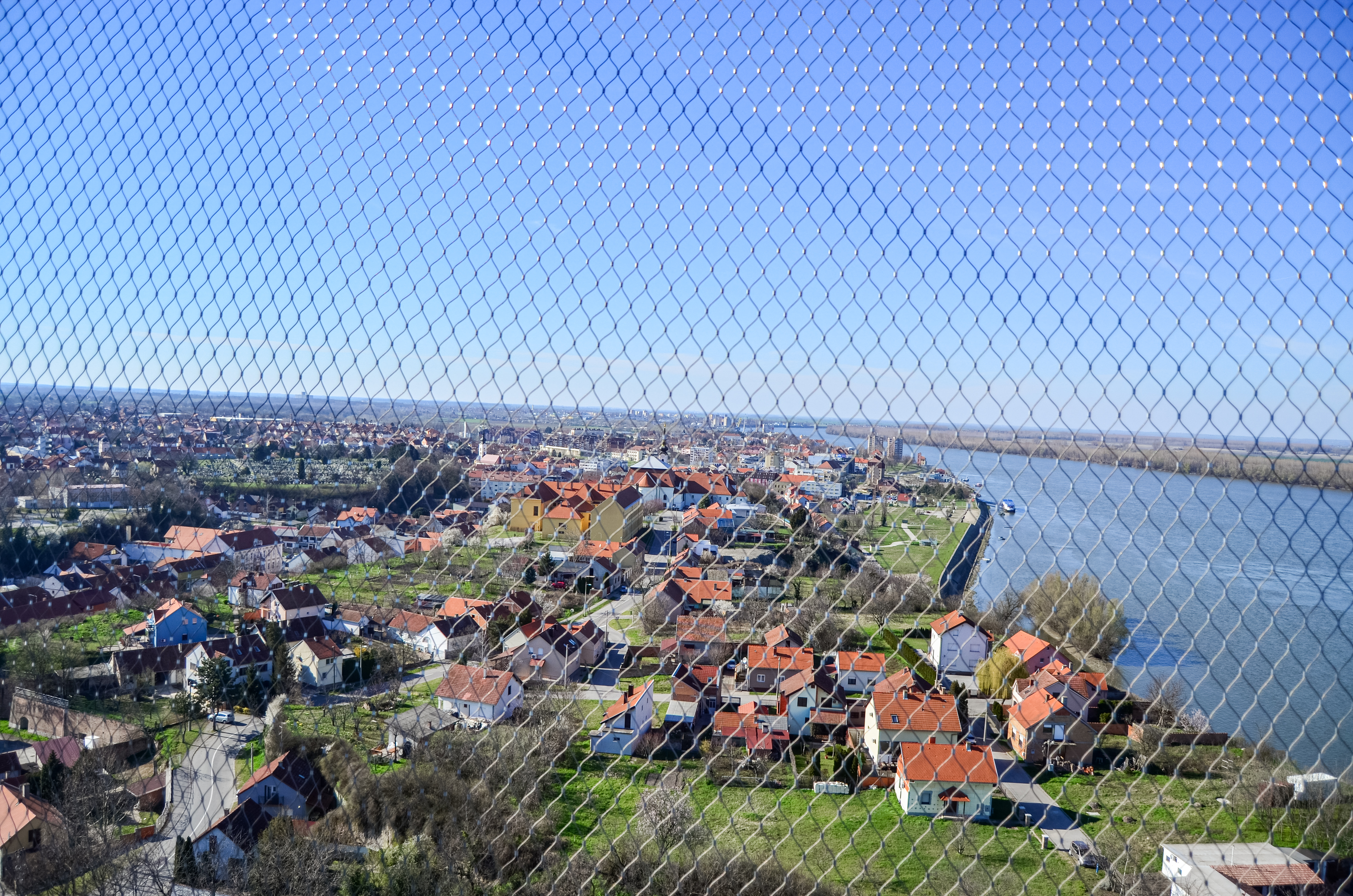
The Danube is Europe's second longest river after the Volga. It flows into the Black Sea in Romania after starting in the Black Forest and traveling nearly 2,900 kilometers through ten countries. It has great potential for river tourism, which is increasingly developing in Vukovar, and 300 cruise ships visited the city last year alone.
Vukovar's Background
Vukovar is an old baroque city mentioned in preserved written documents as early as the 13th century in various phonetic forms Vukovo. Since the 14th century, the name Vukovar has been in use. It has been the guardian of Croatian identity throughout history, along with Ilok, in the area of the Danube-Sava interfluve (that is, the Srijem triangle).
Croats immigrated during the reigns of King Tomislav and Petar Kreimir IV, when all of Croatia's lands from the Drava to the Adriatic Sea were united. The Vukovar Fortress (solidly built on the high Danube bank at the time) served as an important and strong defensive point. The city was home to artisans, merchants, and peasants.

Vukovar has evolved into a center for education, culture, and health. People in Vukovar lived in a European style in the 18th and 19th centuries. Vukovar had the characteristics of an administrative, economic, cultural, and traffic center at the time, that is, in the 18th and 19th centuries, and it was considered and called the "capital of Srijem." It was a trade center for all of Srijem at the time. Crafts, trade, silk-making, shipbuilding, ship transport, but also agricultural production, from which about 80% of the population and manors lived, which, in addition to grain production, also has a strong wine production, and viticulture is an important economic branch, flourish in the entire area of Vukovar and further up to Ilok.

Vukovar was known as one of the most ethnically diverse cities in Yugoslavia / SFRY (1945 - 1991), with very good inter-ethnic relations and a large number of mixed marriages, which was particularly emphasized by the Yugoslav leadership in order to support and strengthen the thesis of brotherhood and unity, and self-governing socialism. All of this did not prevent major tensions from erupting during the SFRY's disintegration.
In the first democratic elections in 1990, a portion of the Croatian population supported the HDZ as well as the separation of Croatia from Yugoslavia, while the majority of the Serbian population opposed it. Political tensions are rising, particularly as a segment of the Serbian population begins to accept the secessionist policy of the Republic of Serbian Krajina, influenced by both local and extreme nationalists from neighboring Serbia.
All of this eventually leads to armed conflicts led by Serbian extremists and rebels, the bloodiest of which was the one in Borovo Selo in early May 1991, which the so-called JNA used to send military forces there. The so-called JNA was justified from the start in its intention of separating the warring parties/forces, so that in the summer of 1991, it could show its true face and begin openly siding with the Serbian rebels.
These armed incidents of Serbian rebels supported by the so-called The JNA are escalating into open months-long fighting that will lead to the attack on Vukovar and the siege of Vukovar, representing the biggest and bloodiest battle of the Homeland War 1991-1995.
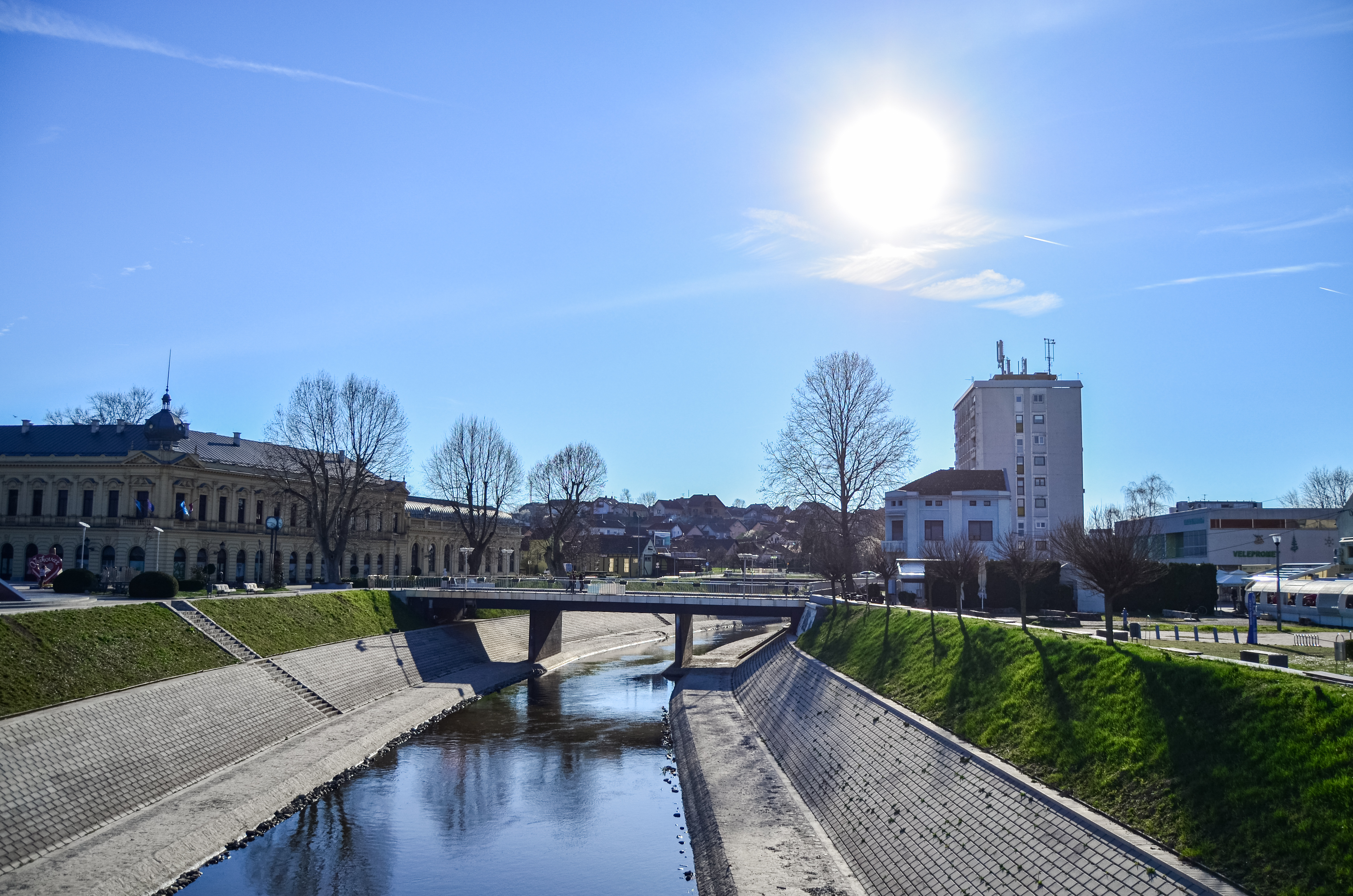
You feel tingling on your skin with every step as you enter the city, being in a city with such a history.
Whether you like it or not, your past is attracting your attention.
Because you know the history, but also because some buildings still have bullet and shrapnel holes after 32 years, which brings the history back to life.
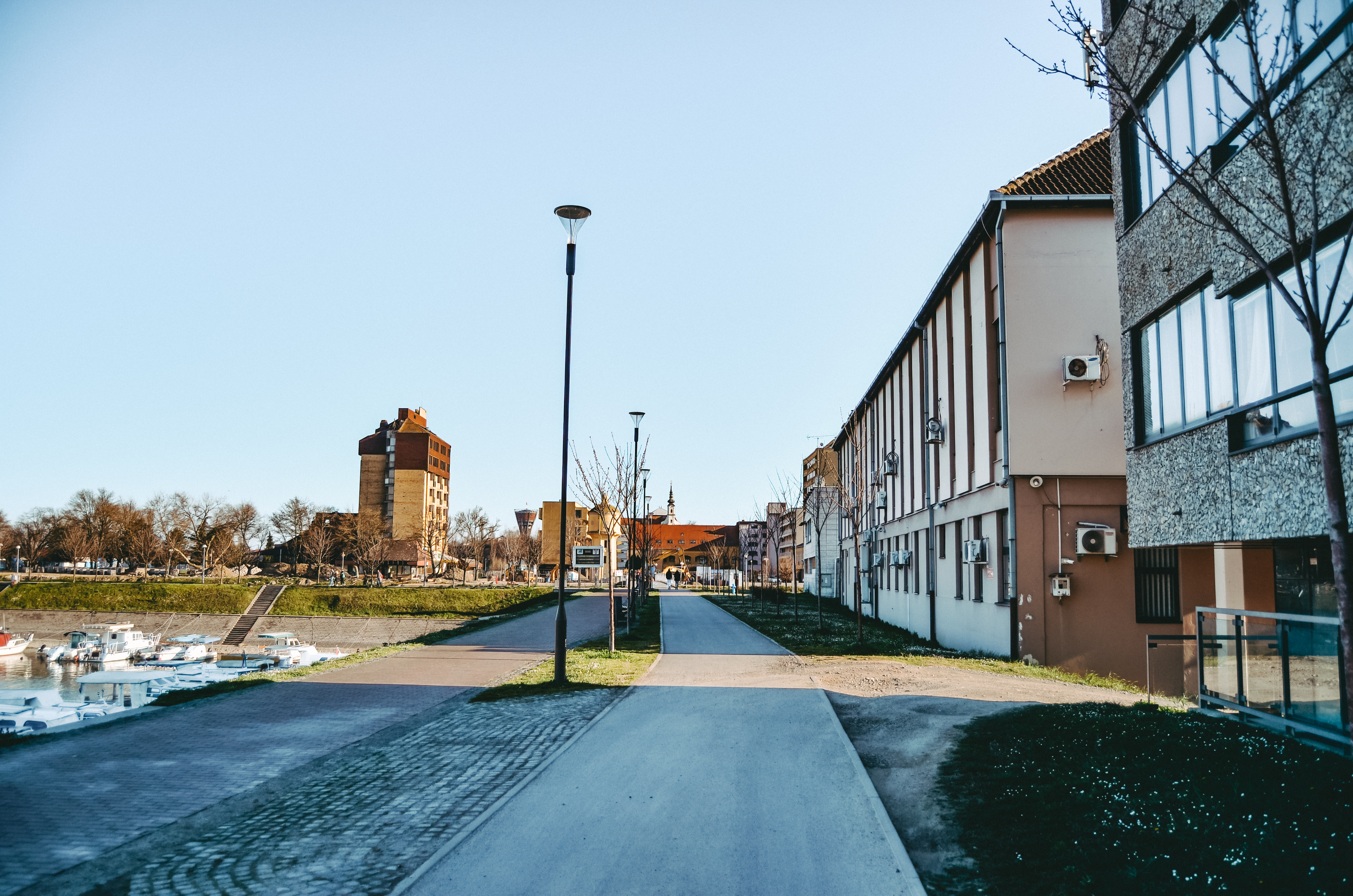
Memorial home of Croatian veterans on Trpinjska cesta
In 1991, a memorial home for Croatian veterans was built near the local community where the command of that part of the city was located in Borovo naselje. The structure is shaped like a tightly clenched fist, symbolizing the strength with which Vukovar defended itself against aggression.
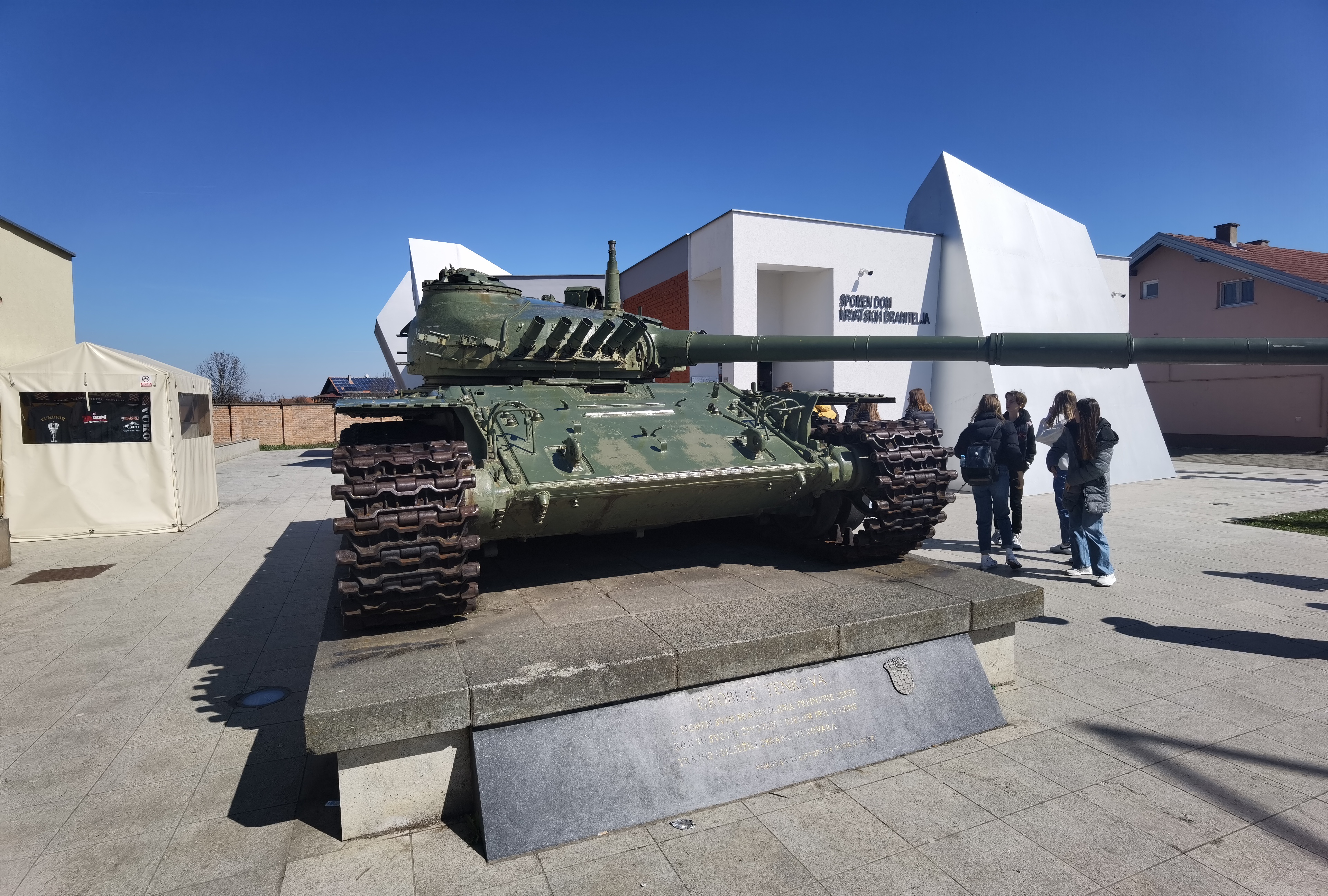
In the center of the House is an abyss with the dome of a destroyed tank from the former JNA, and around it are written the names of the 204th Vukovar Brigade's fallen members. You can see war photos and videos of early events, as well as hear authentic war reports, on 12 video screens built into the walls.
A tank stands in front of the Memorial House as a symbol of the force that was broken by the valiant defenders, as does a bust of Blaga Zadra, the city hero who fought and led the defenders in this part of Vukovar.
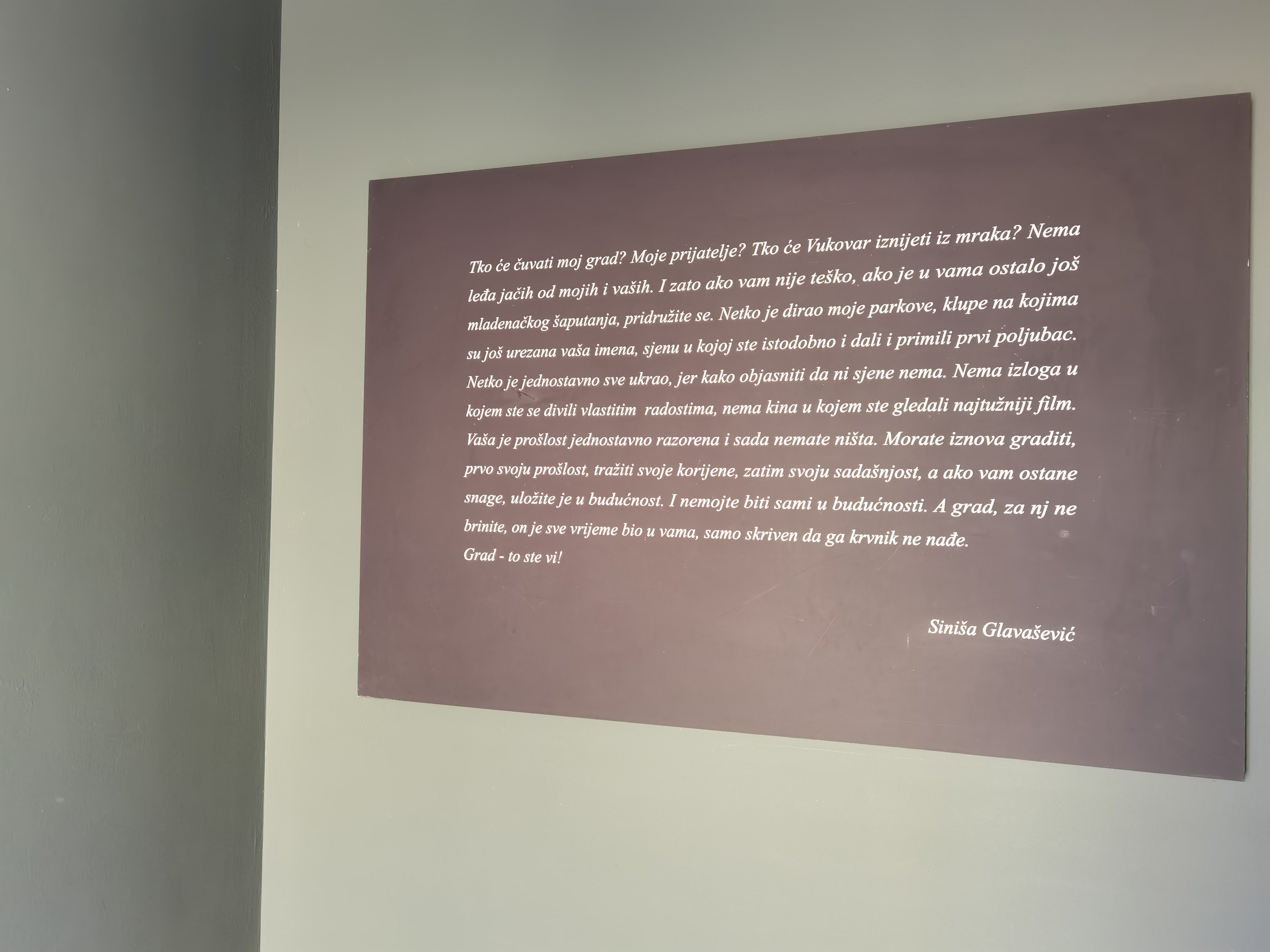
A Story about the City
I refrain from searching for all justice, truth, I refrain from attempts to let ideals arrange my personal life, I refrain from everything that until yesterday I considered essential for some good beginning or good end. I would possibly refrain from myself, but I cannot. Because who will remain if we renounce ourselves and flee into our fears. Who will inherit the city? Who will watch it for me, when I am gone, while I am searching in the trash heaps of the human spirit, while I am as it is alone, staggering without myself, wounded, tired, feverish, while my eyes begin to wax before my personal defeat.
Who will protect my city, my friends, who will bring Vukovar out of the darkness?
There are no backs stronger than mine and yours, and therefore, if it is not difficult for you, if you still have a youthful whisper left in you, join. Someone touched my parks, the benches on which your names are still engraved, the shadow in which you gave and received your first kiss at the same time - someone simply stole everything because, how to explain that the Shadow is not there either? There is no shop window where you admired your own joys, there is no cinema where you watched the saddest movie, your past is simply destroyed and now you have nothing. You have to build again. First, look for your past, your roots, then your present, and then, if you have any strength left, invest it in the future. And do not be alone in the future. And the city, don't worry about it, it was inside you all along. Just hidden. So that the executioner doesn't find him.
The city is you.
Siniša Glavašević
An essay that warms every vein in the body, makes the skin shiver, and causes the soul to wither.
Siniša Glavašević, a journalist, publicist, and novelist, was born in Vukovar on November 4, 1960. He finished primary and secondary school in his hometown before moving to Sarajevo to study comparative literature and librarianship. He was a war reporter and the editor of Croatian Radio Vukovar. He was taken from the Vukovar hospital by the aggressor JNA and Chetniks on November 19, 1991, and has been
missing since. He was exhumed from the Ovčar mass grave and identified, so it is
assumed that he was killed on the same day he was taken, November 19, 1991.
The Croatian veterans' memorial home
Built on the site of the former post office, which housed the command of this section of the city in 1991. The structure is shaped like a tightly clenched fist, symbolizing the strength with which Vukovar defended itself against aggression. In the center of the house is an abyss with the dome of a destroyed tank from the former JNA, and around it are written the names of all the 204th Vukovar Brigade's fallen members. On the 12 video screens built into the walls, visitors can view war photos and video recordings of early events, as well as hear war reports and information about each deceased member of the brigade.

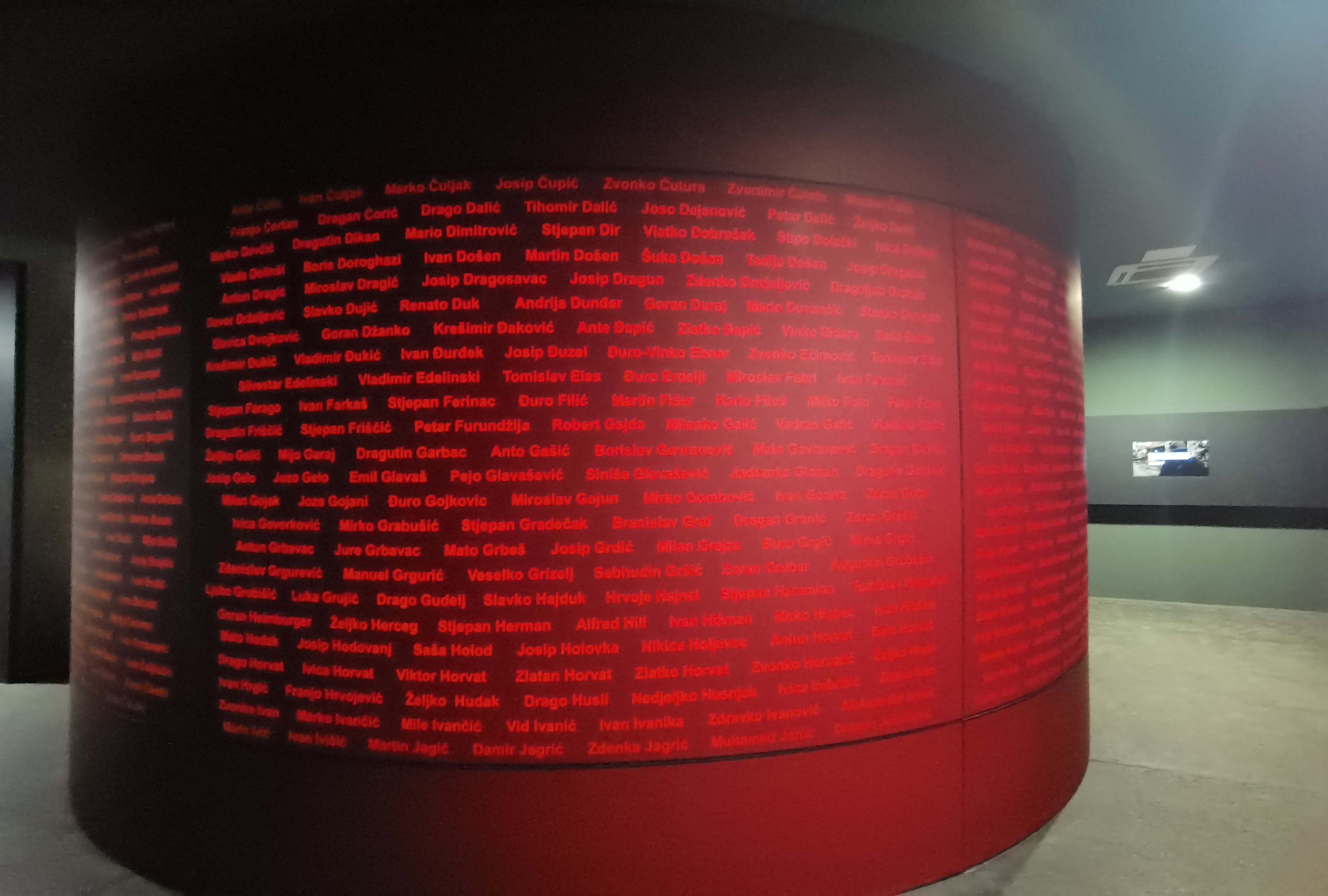

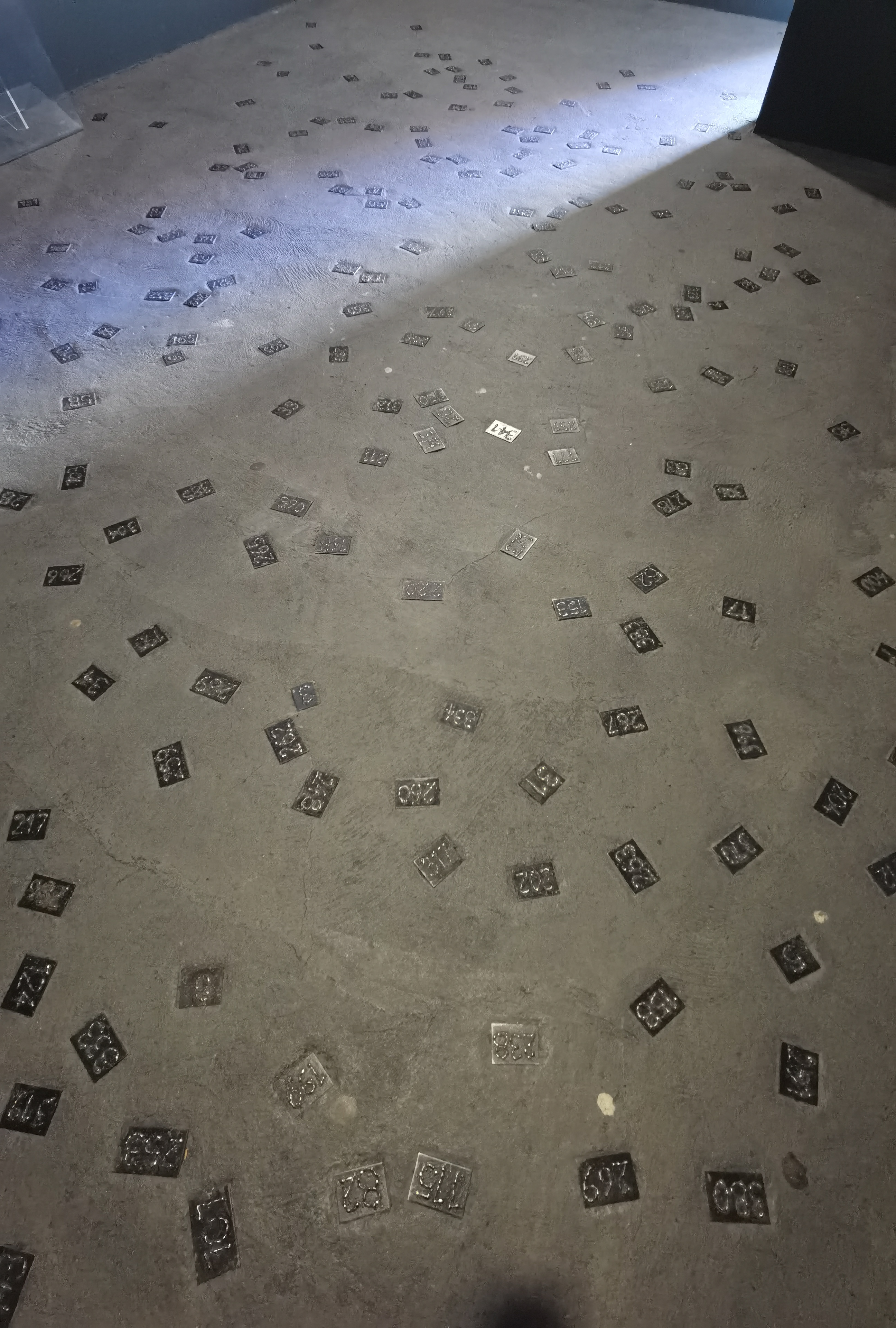
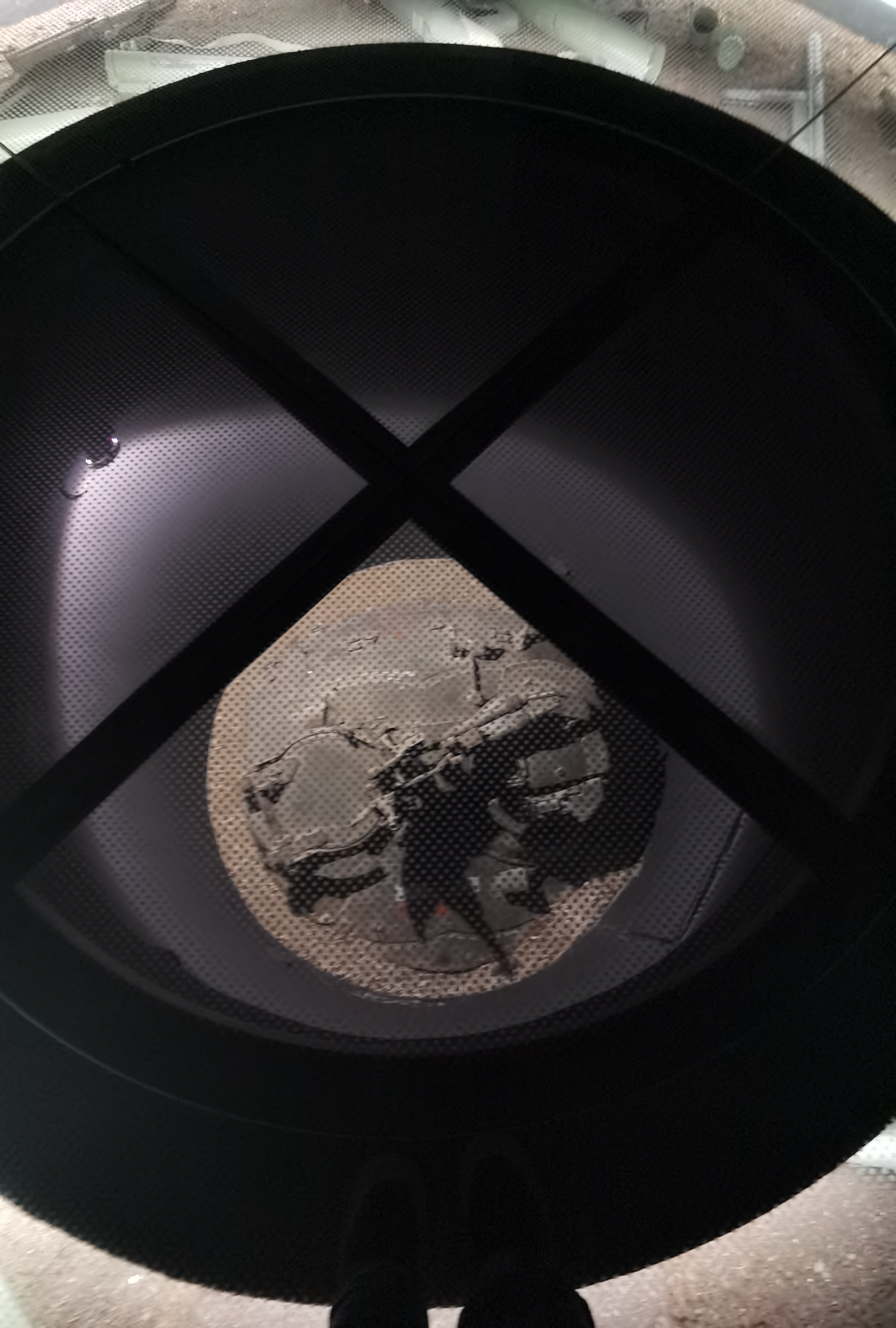
Memorial home and Ovčar mass grave
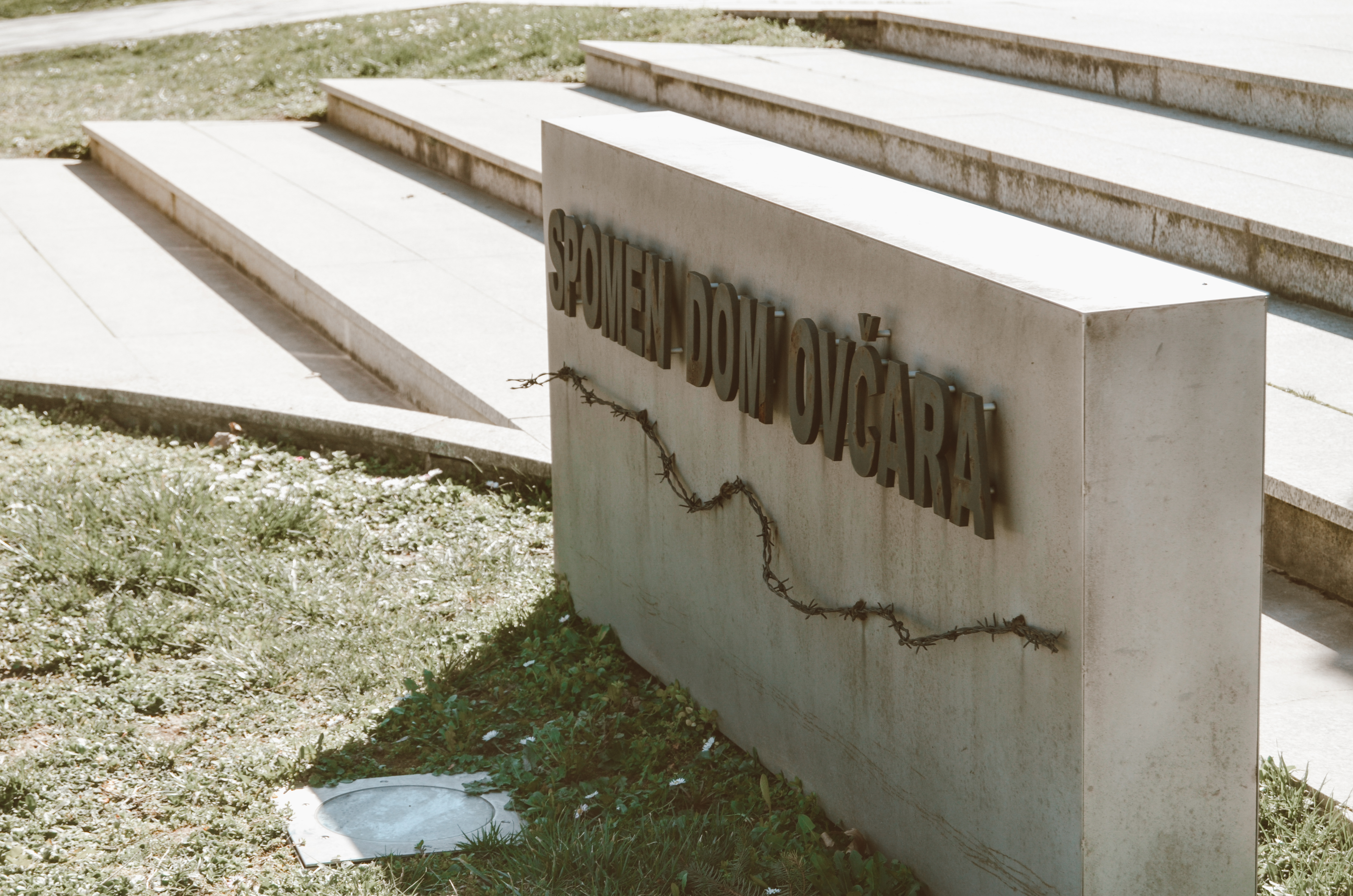
Ovara's mass grave, a holy site known throughout Croatia and beyond. The location of the assassination of the wounded and medical personnel from the Vukovar hospital. There are 263 of them. They moved among the stars from there.
On November 20, 2006, the Ovara memorial home opened in the hangar where those who were killed here spent their final hours of life and left unfulfilled dreams 32 years ago.
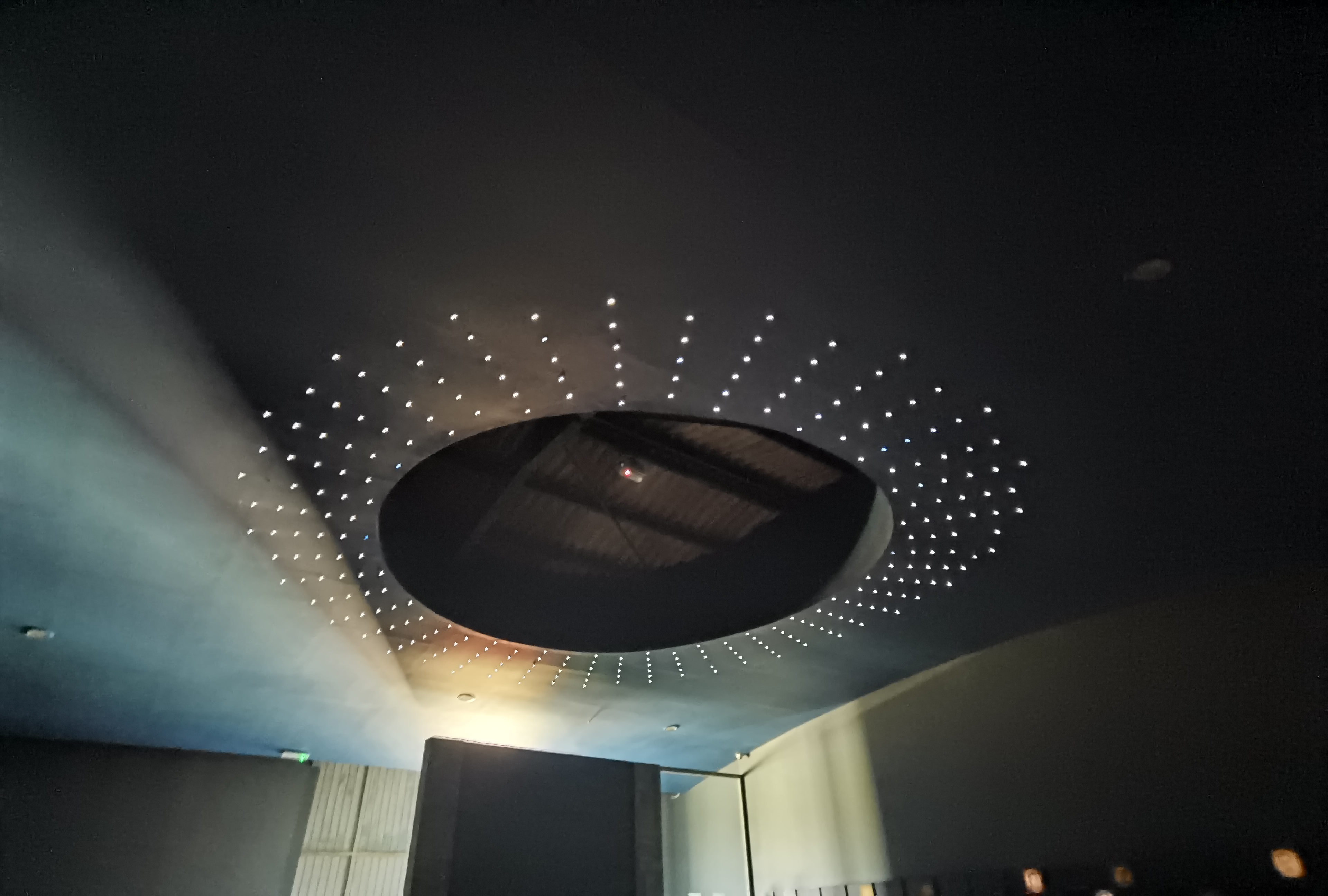
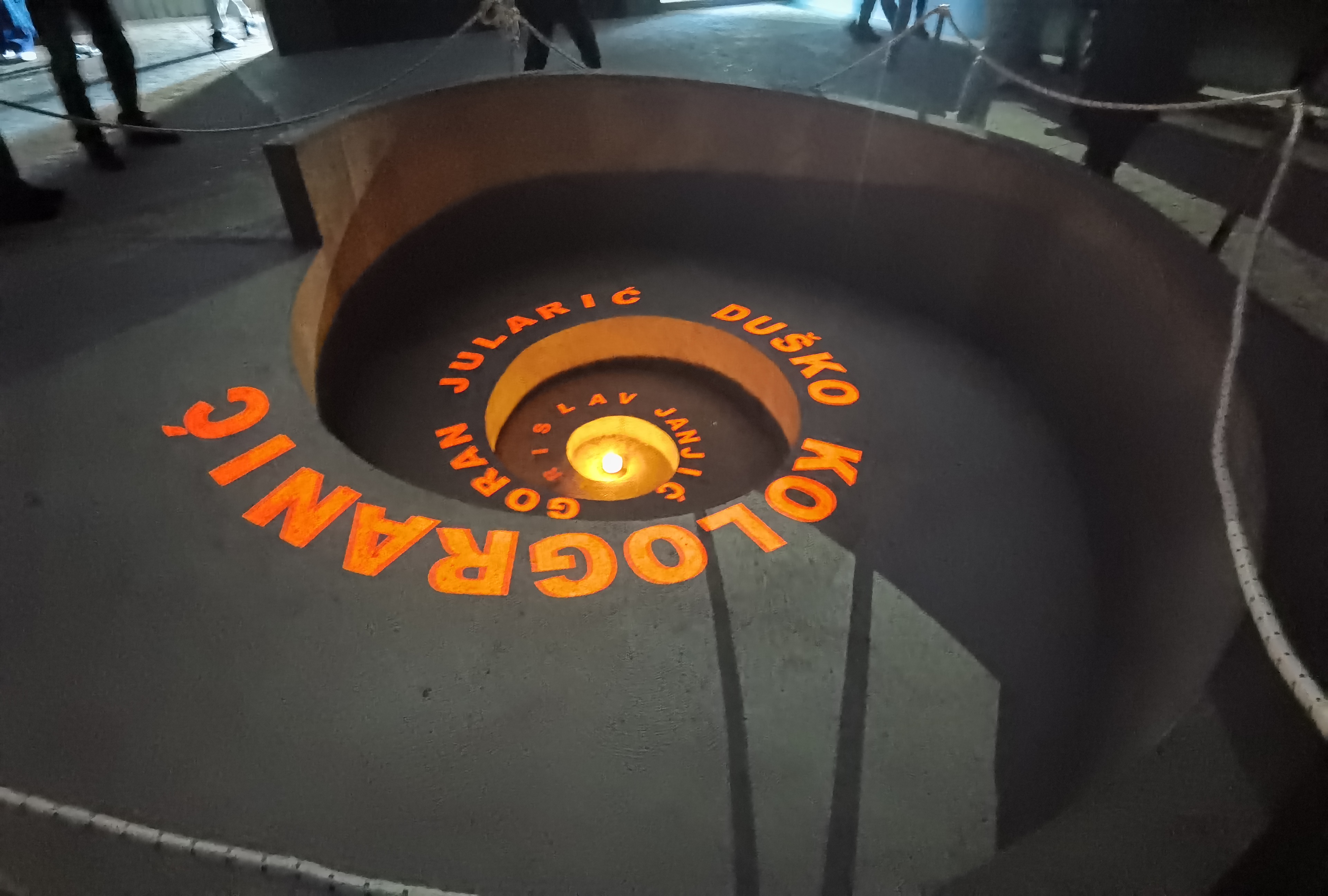
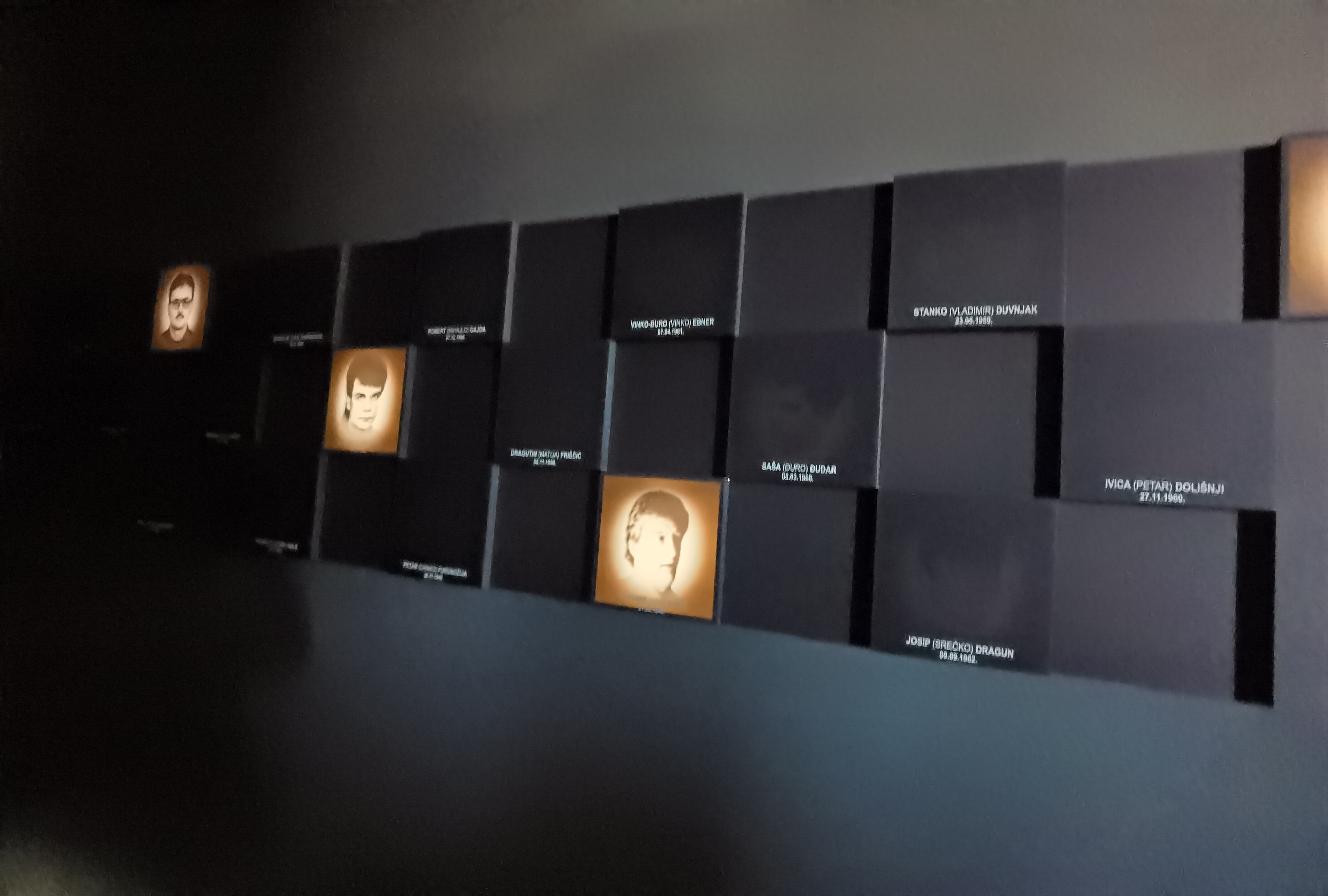
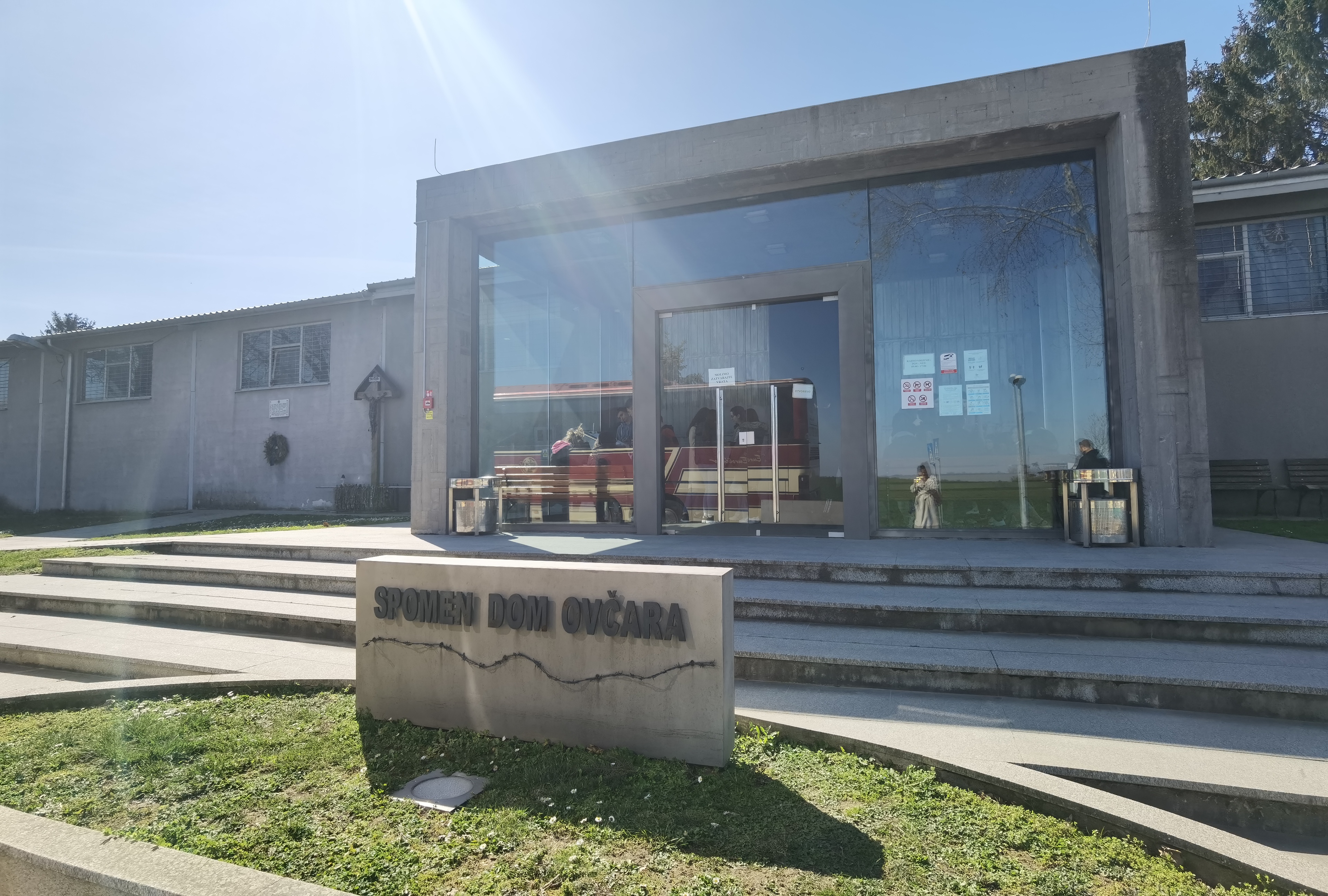
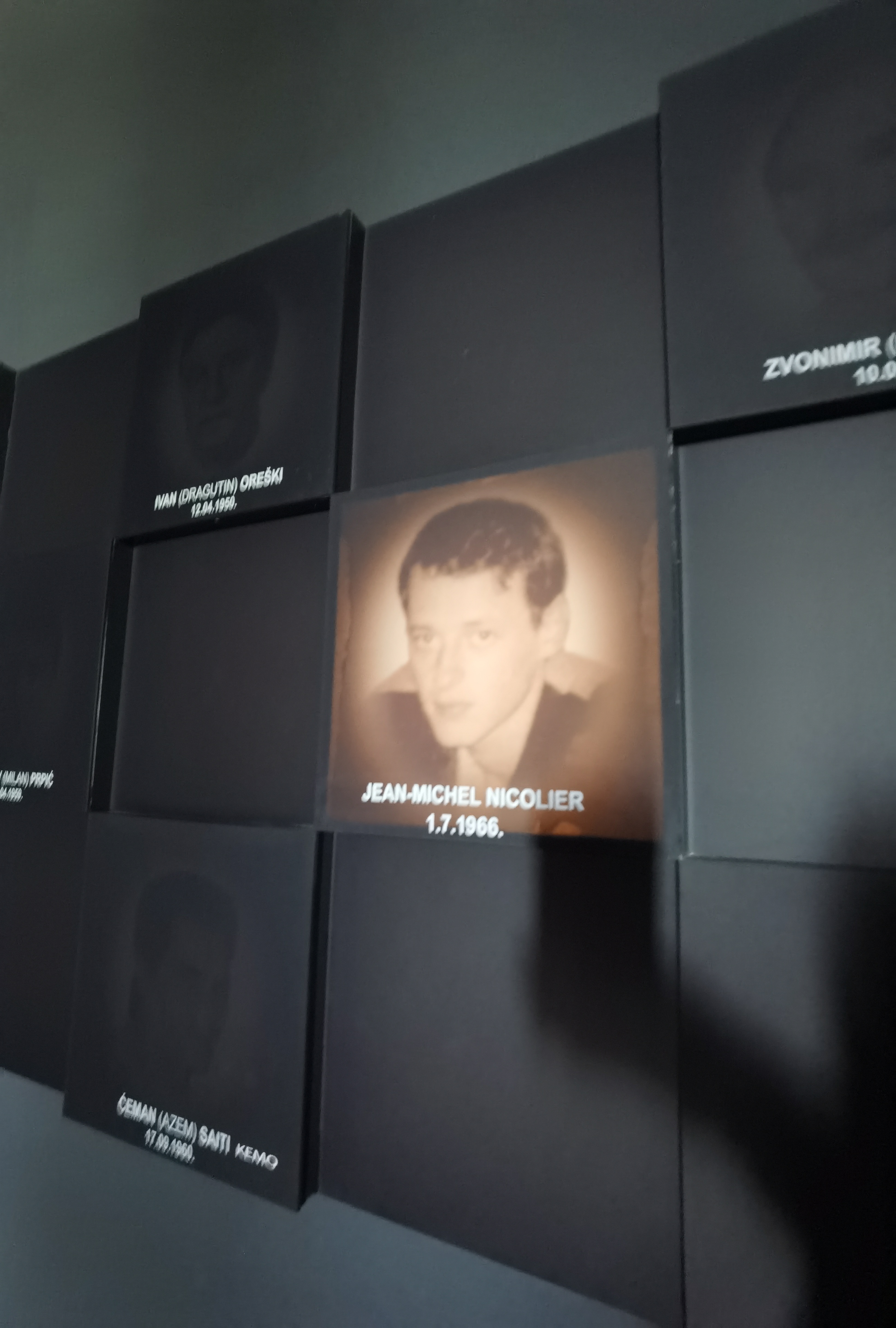
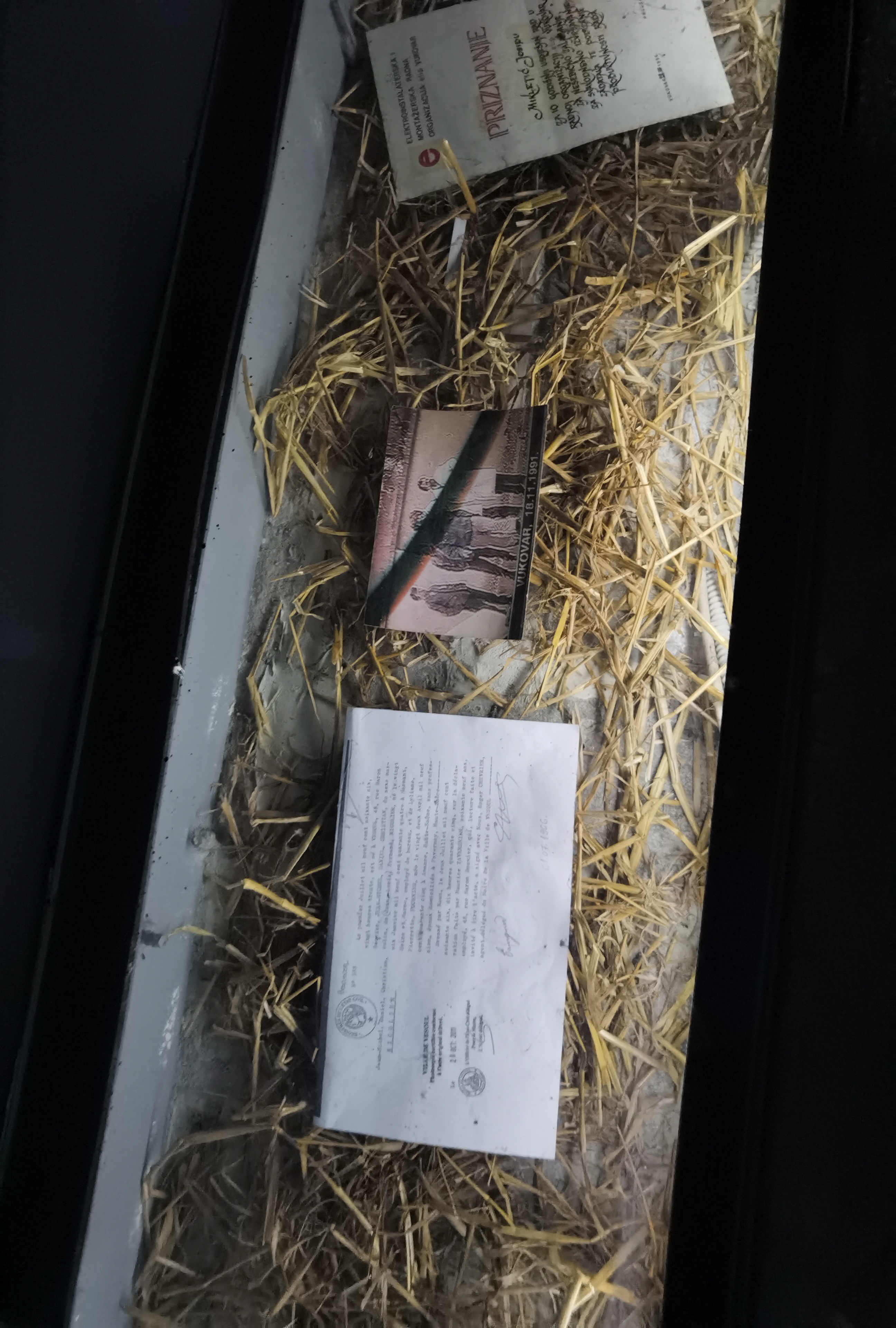
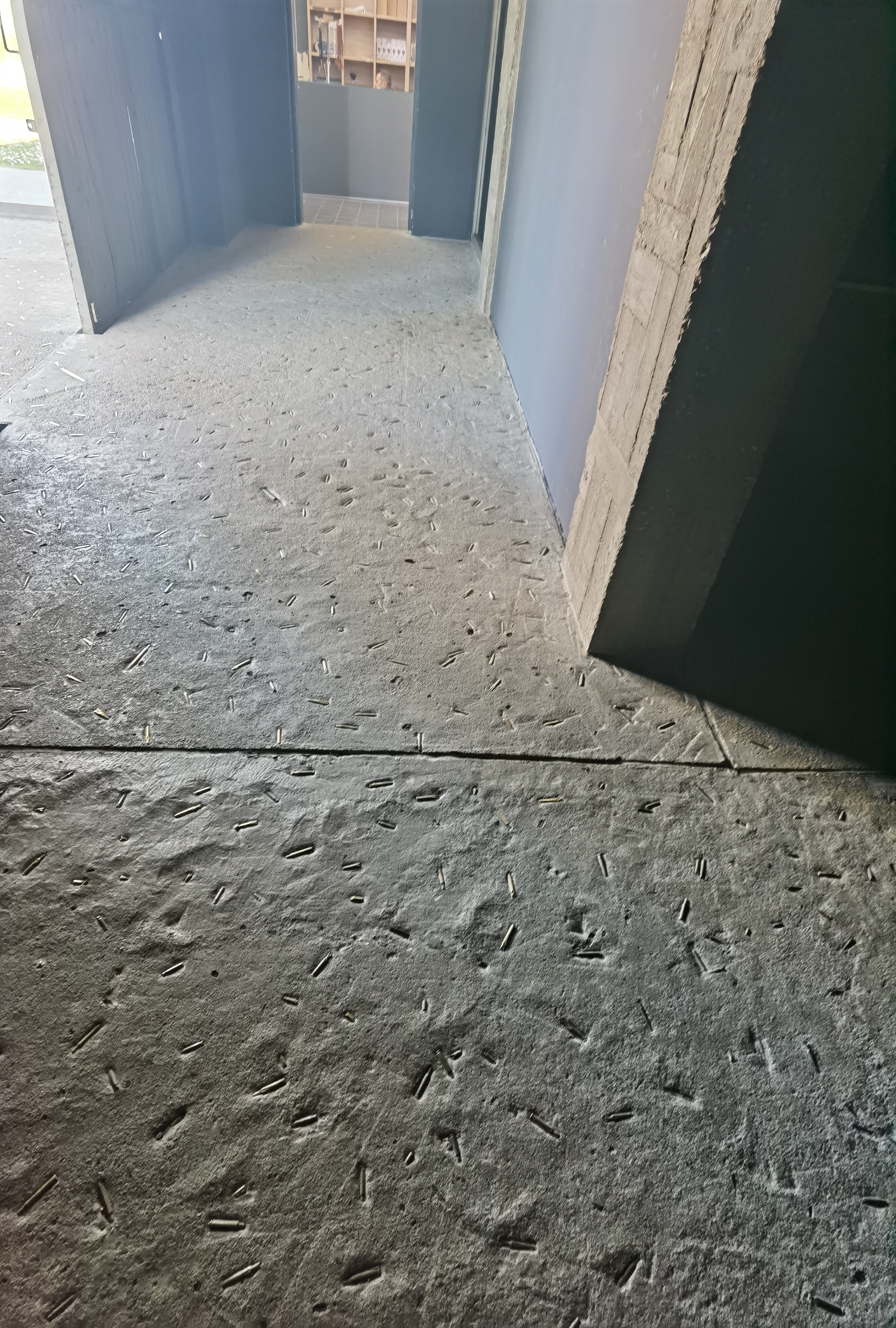


Beautiful scenery, trees, and greenery. Such beautiful nature in a place that was once sad and miserable.


The monument, which was built on December 29, 1998, is a gray obelisk with a dove and the inscription:
"In memory of the 200 wounded Croatian veterans and civilians from the Vukovar hospital killed during the Great Serbian aggression against the Republic of Croatia."
Two hundred bushes were planted at the site of the mass grave, one for each victim, to represent the location and dimensions of the grave. A memorial plaque and a cross in front of the tomb have become home to thousands of rosaries.
VUKOVAR WATER TOWER - SYMBOL OF CROATIAN UNITY - 640 direct hits

For many, the Croatian flag, which was flown on top of the tower every day during the siege, is a fascinating detail in the entire war story. This story was inspired by two veterans who climbed to the top of the damaged water tower every night to raise a new flag and reassure the people of Vukovar that everything would be fine. This is just one of hundreds of courageous stories associated with the Vukovar symbol. Although many people's first thought about Vukovar and its water tower is the Homeland War, we must not overlook all of the beauty that Vukovar has to offer.

There are 7 screens in the memorial room, each showing one important clip from Vukovar's past, as well as photographs with explanations. Following your visit to the memorial room, you can easily proceed to the 200-meter-long memorial path, which represents the march of the Vukovar veterans towards the freedom they desired at the time. While climbing, you can see the damage to the concrete structure caused by the projectile impact in 1991. The trail eventually comes to an end at the upper viewpoint, which is where the Croatian flag still proudly flies today.


Memorial cemetery of the victims of the Homeland War

It is located on the eastern approach to Vukovar and is Europe's largest post-World War II mass grave. It is said that a picture is worth a thousand words, and the image of 938 white crosses, each representing one of the victims exhumed here, leaves no one indifferent. Entire generations of Vukovar and Croatian youth are interred here.
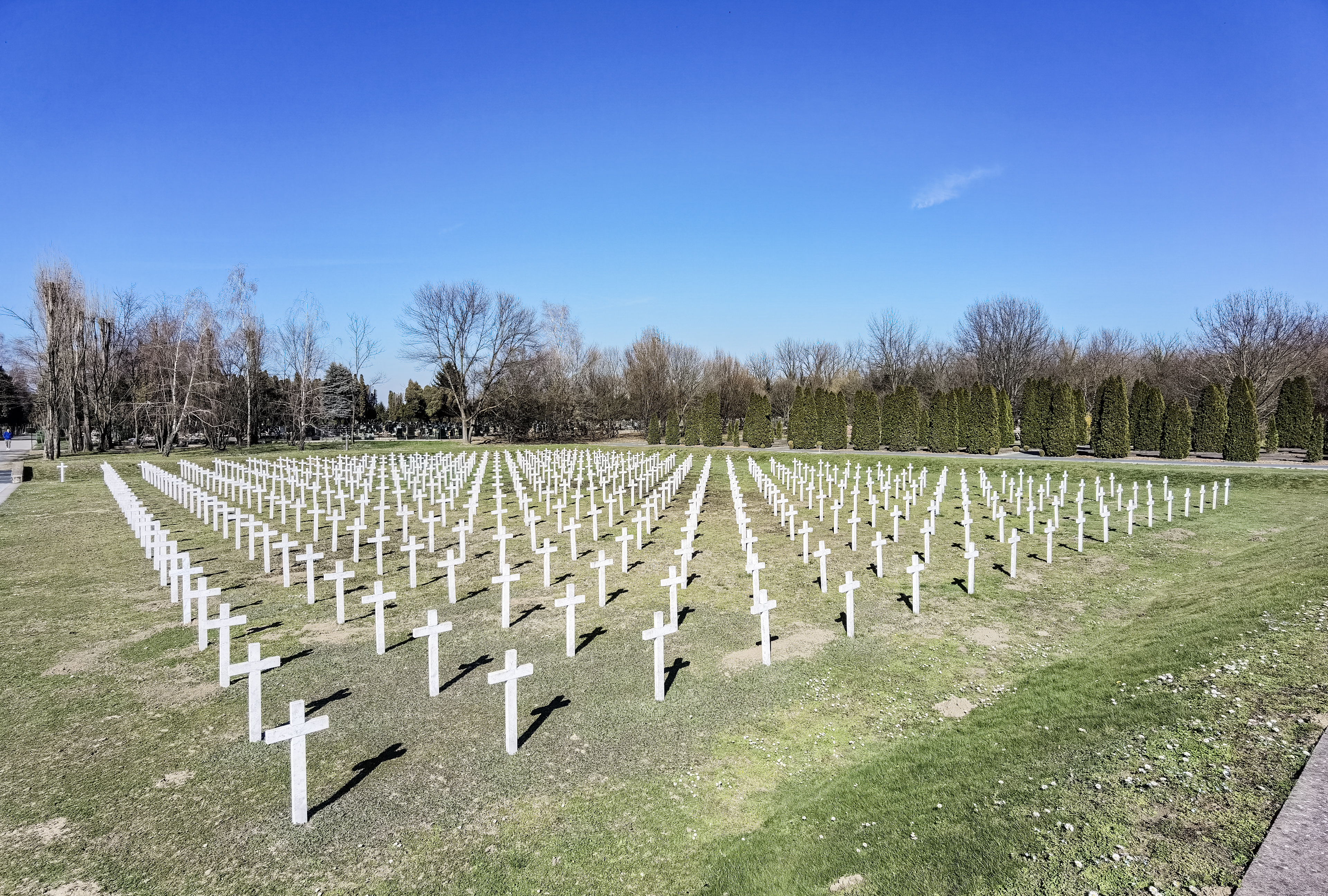
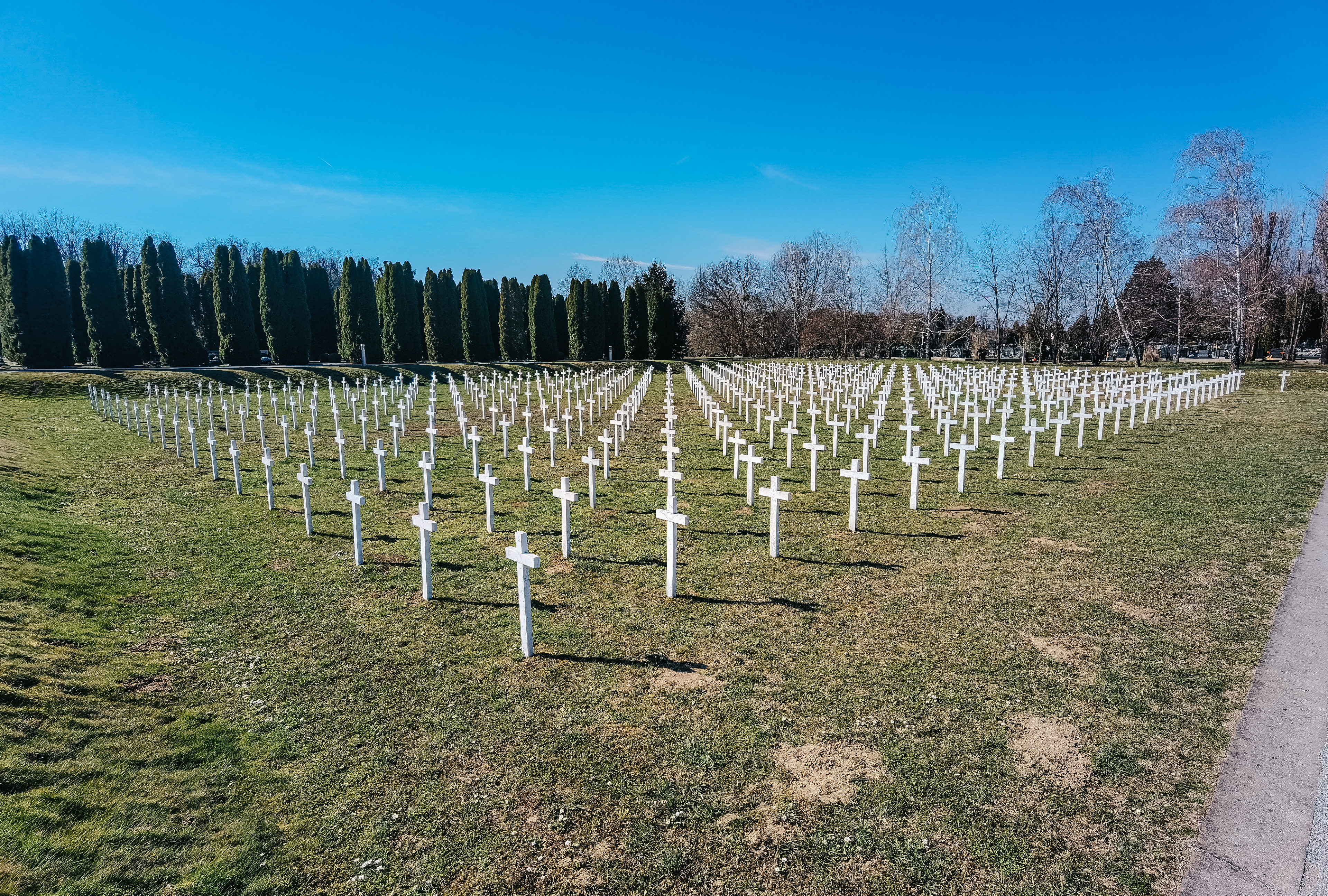
We are rendered helpless in this situation, and the only thing we can do is bow and thank them. This is said to be one of the most beautiful cemeteries. They have earned it. It would be preferable if it did not have to happen.

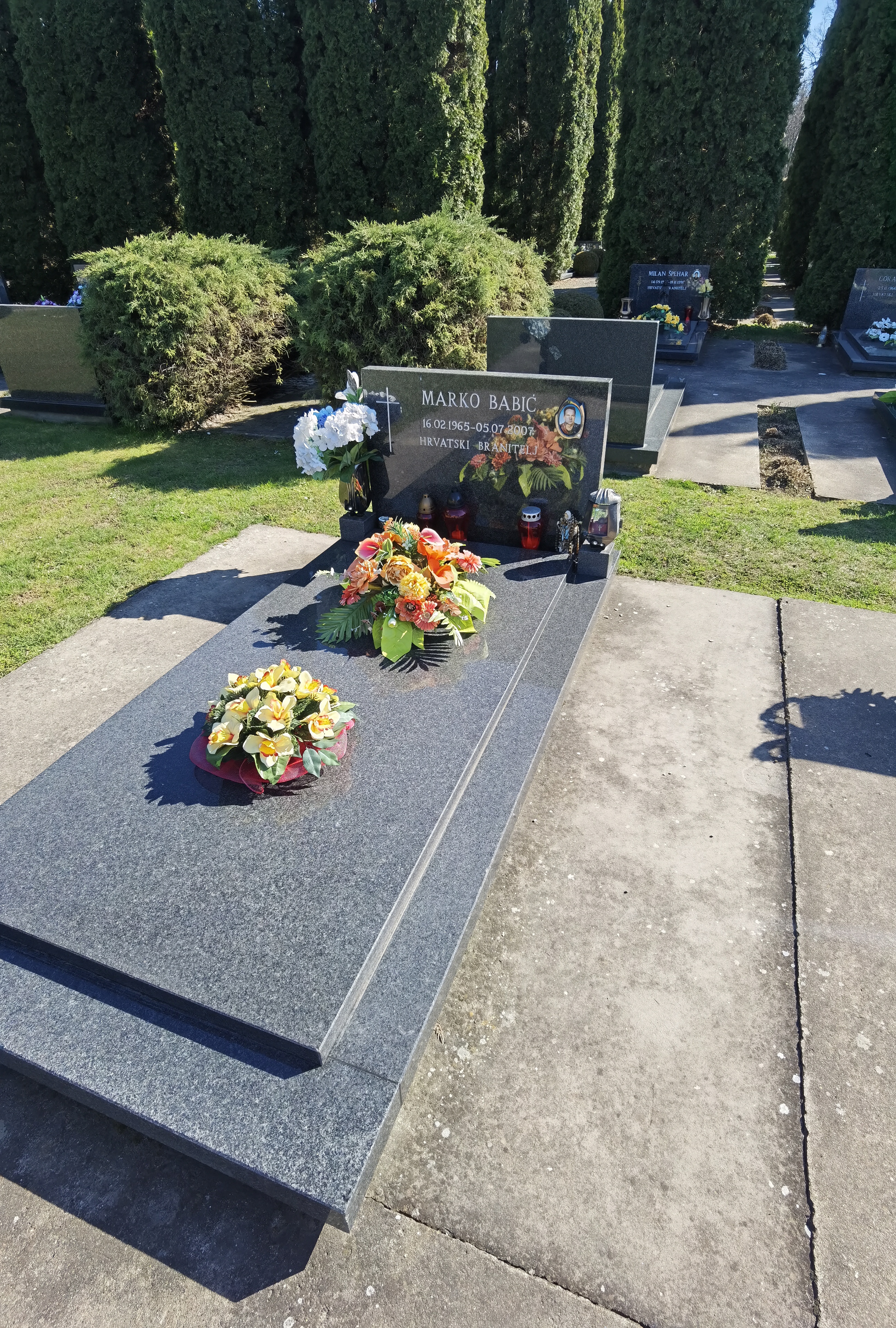
Blago Zadro
He became actively involved in organizing the defense against the Great Serbian aggression, and due to his exceptional organizational skills and courage, he took command of the entire Borovo Settlement's defense.
He was one of those who had no military training, but as commander of the legendary 204th Vukovar Brigade's 3rd Battalion, he proved to be an excellent organizer of the defense of Borovo Naselje.
He was fearless, and the enemy armored force was stopped under his command. This is why Trpinjska street is known as the "tank cemetery." He called the enemy army commander and said, "As long as I'm alive, not one of your soldiers will pass the Trpinjska road."
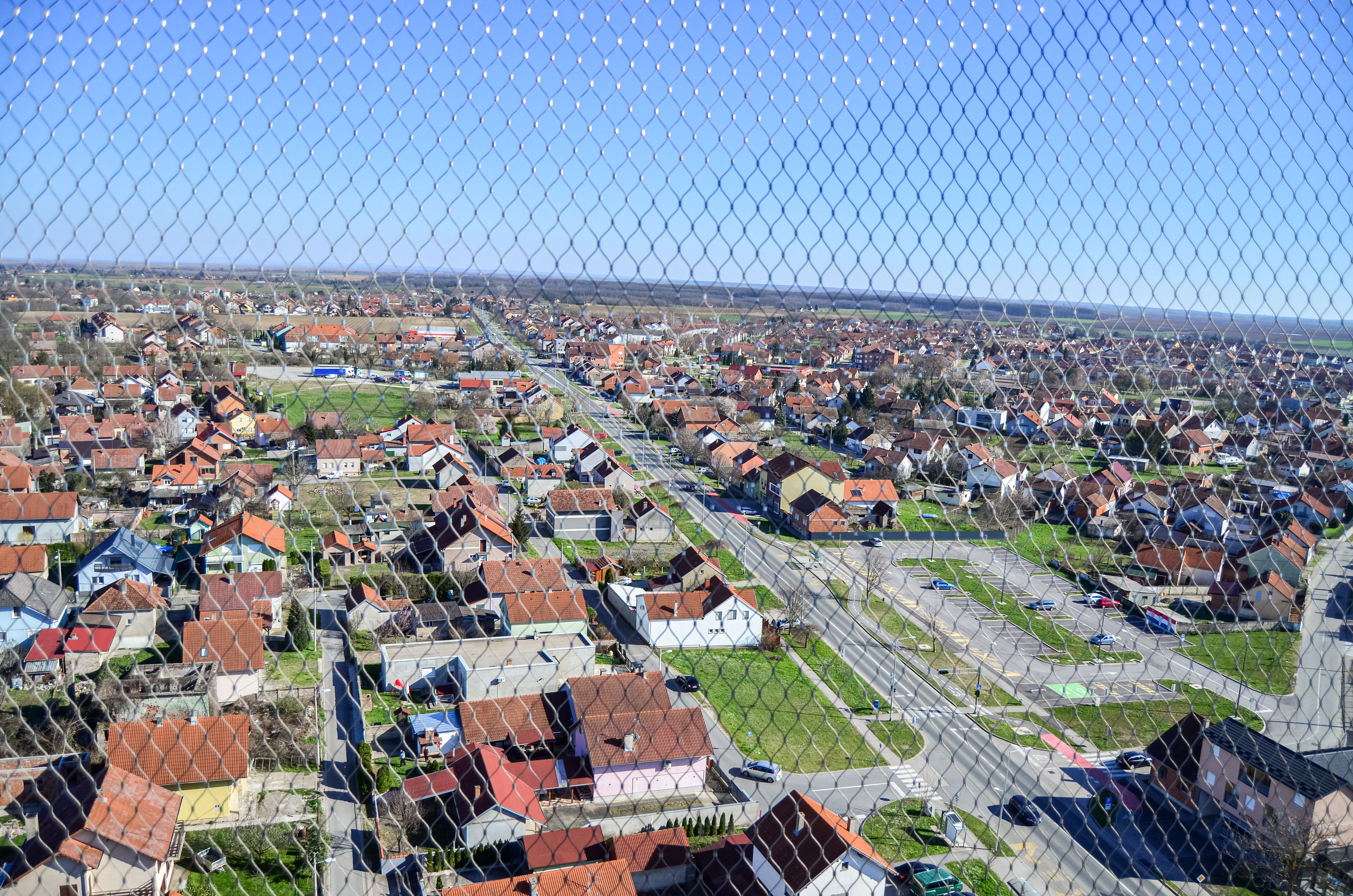
It's best not to dwell on the past in situations like this. But can it ever be forgotten?
Hate was never the solution, but unfortunately some things cannot be changed.
Let us not hate, let us not live in the dark past, but let us also not forget.
Posts with colorful nature scenes are certainly more appealing now that spring has arrived. Posts from exotic locations are great, but sometimes you have to write about reality.
Today you are happy, you go outside to play carefree, you go to the store or to a restaurant. But you never know what tomorrow will bring.
I wrote a lot about the history of a city that suffered, that has a sad history, but is now rushing towards a brighter future in the hope that future generations will not suffer the same fate.
Thank you for giving us our liberty!
"The city is you."

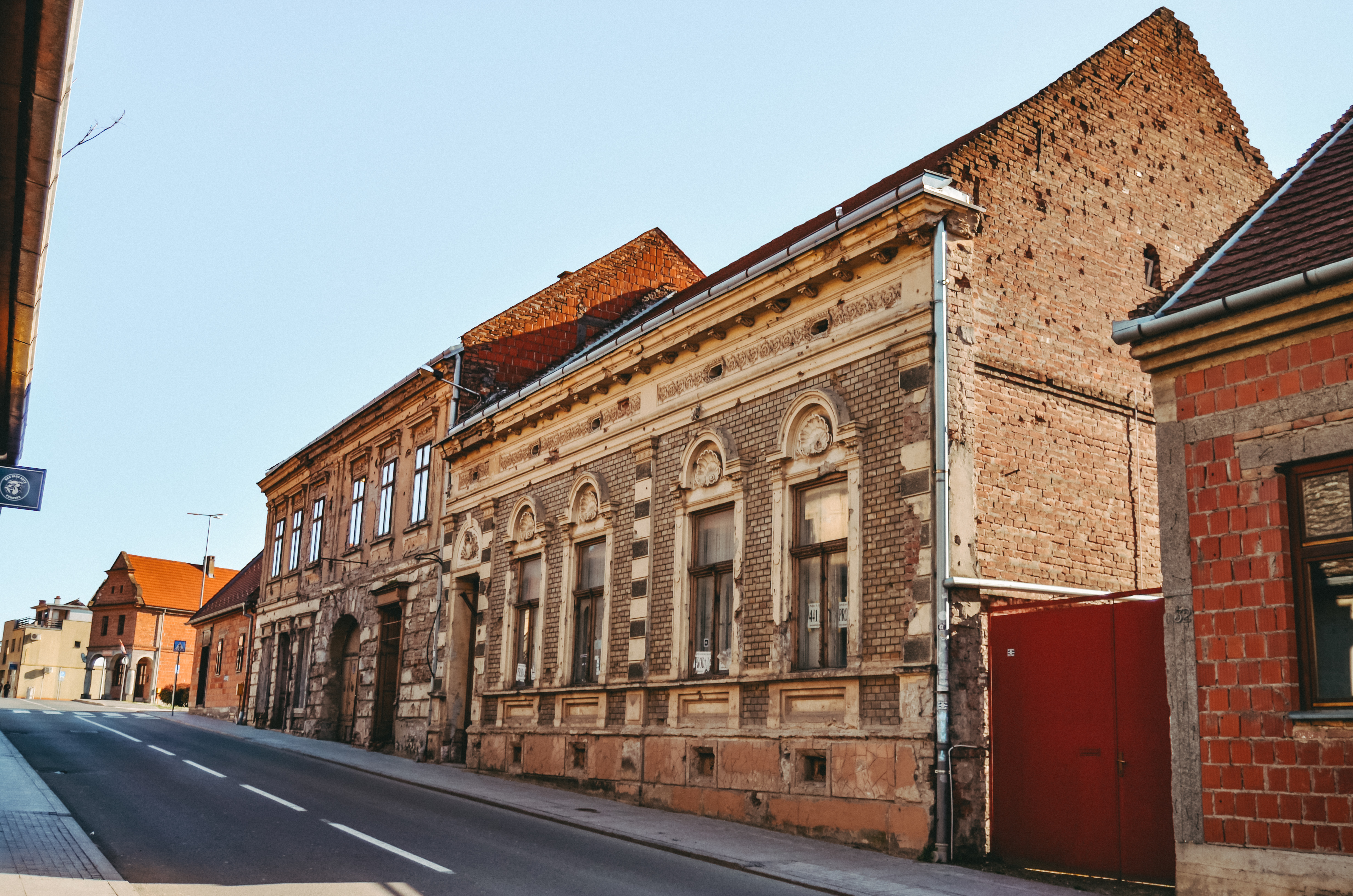
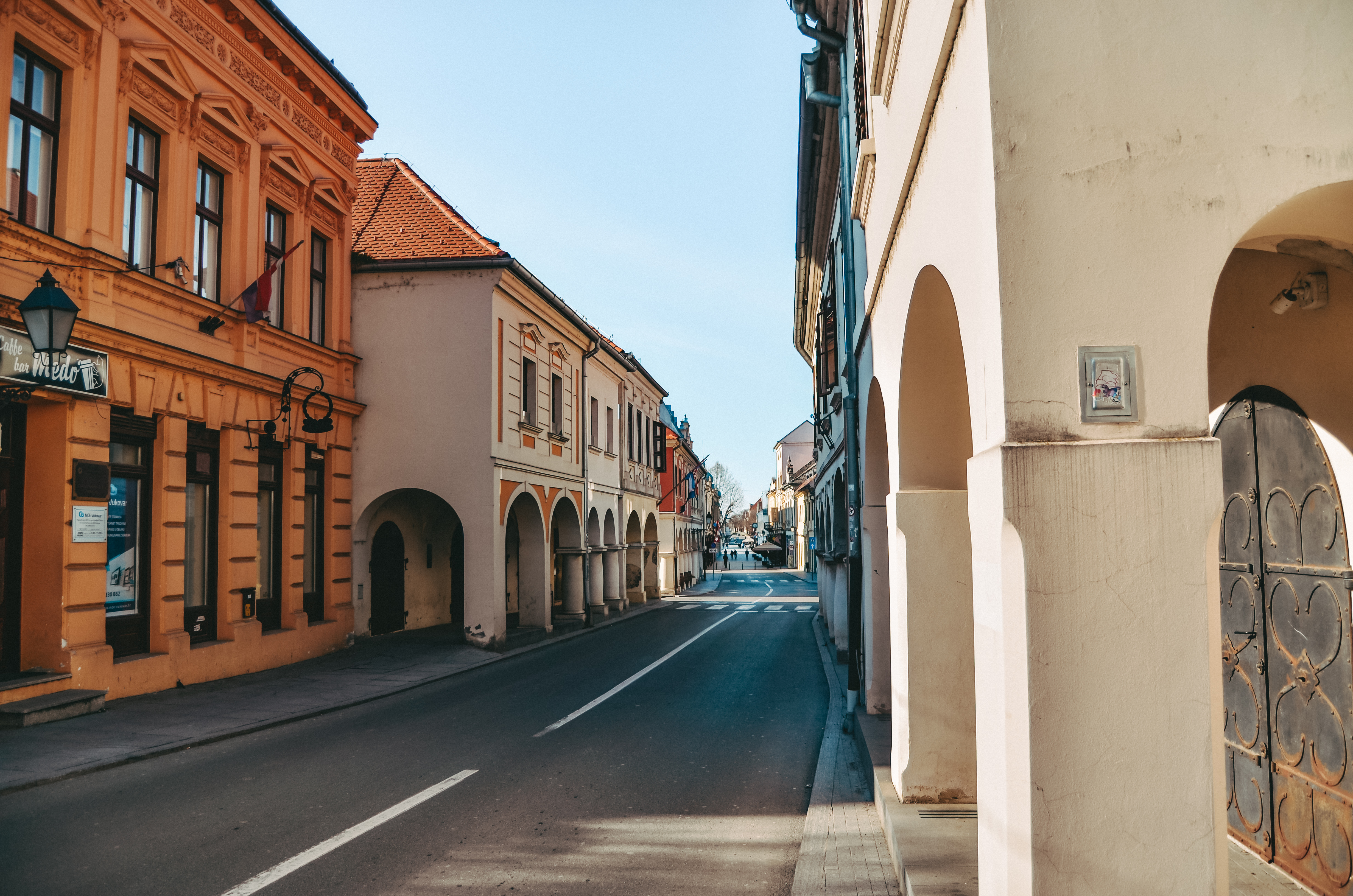
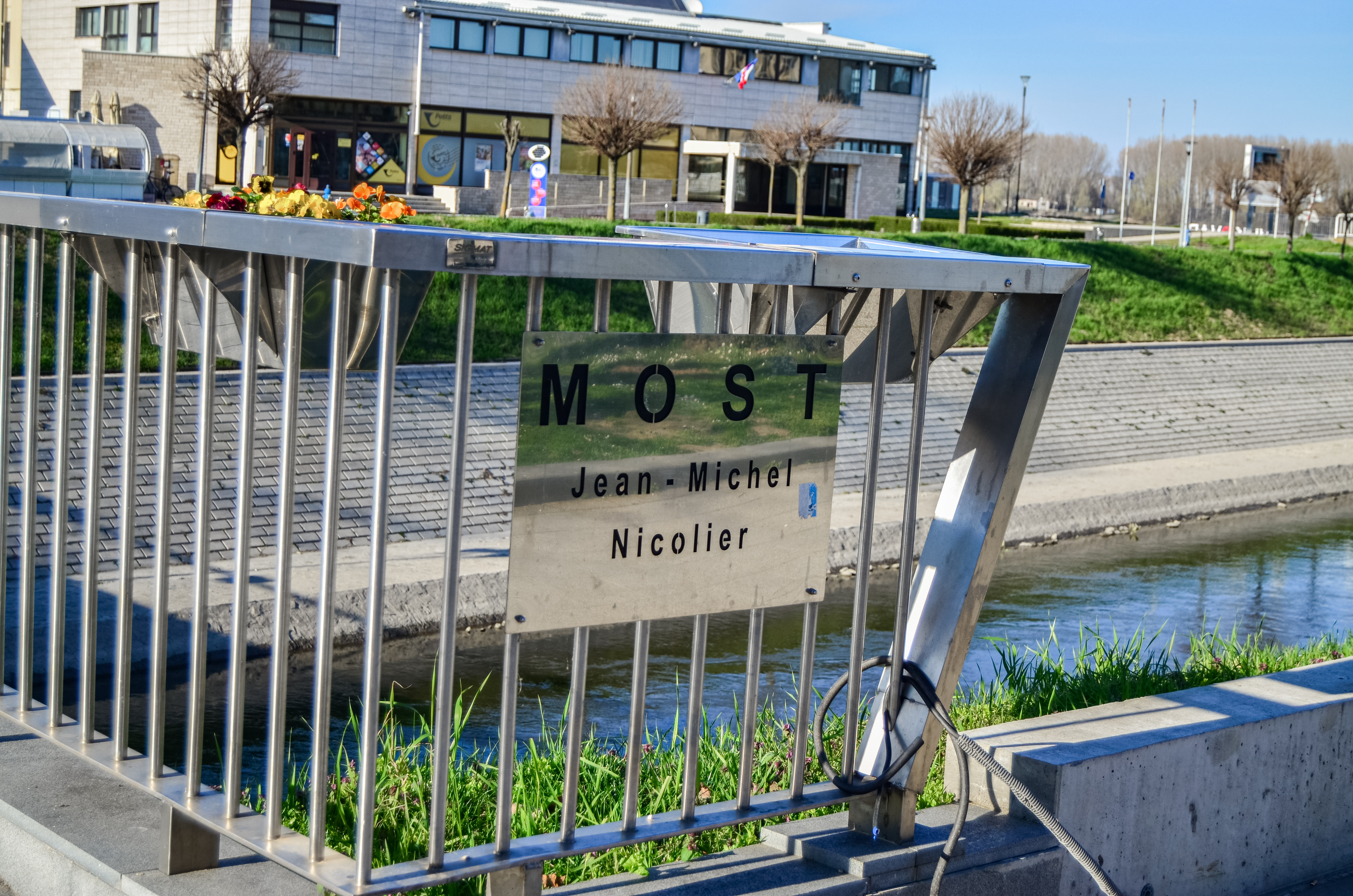

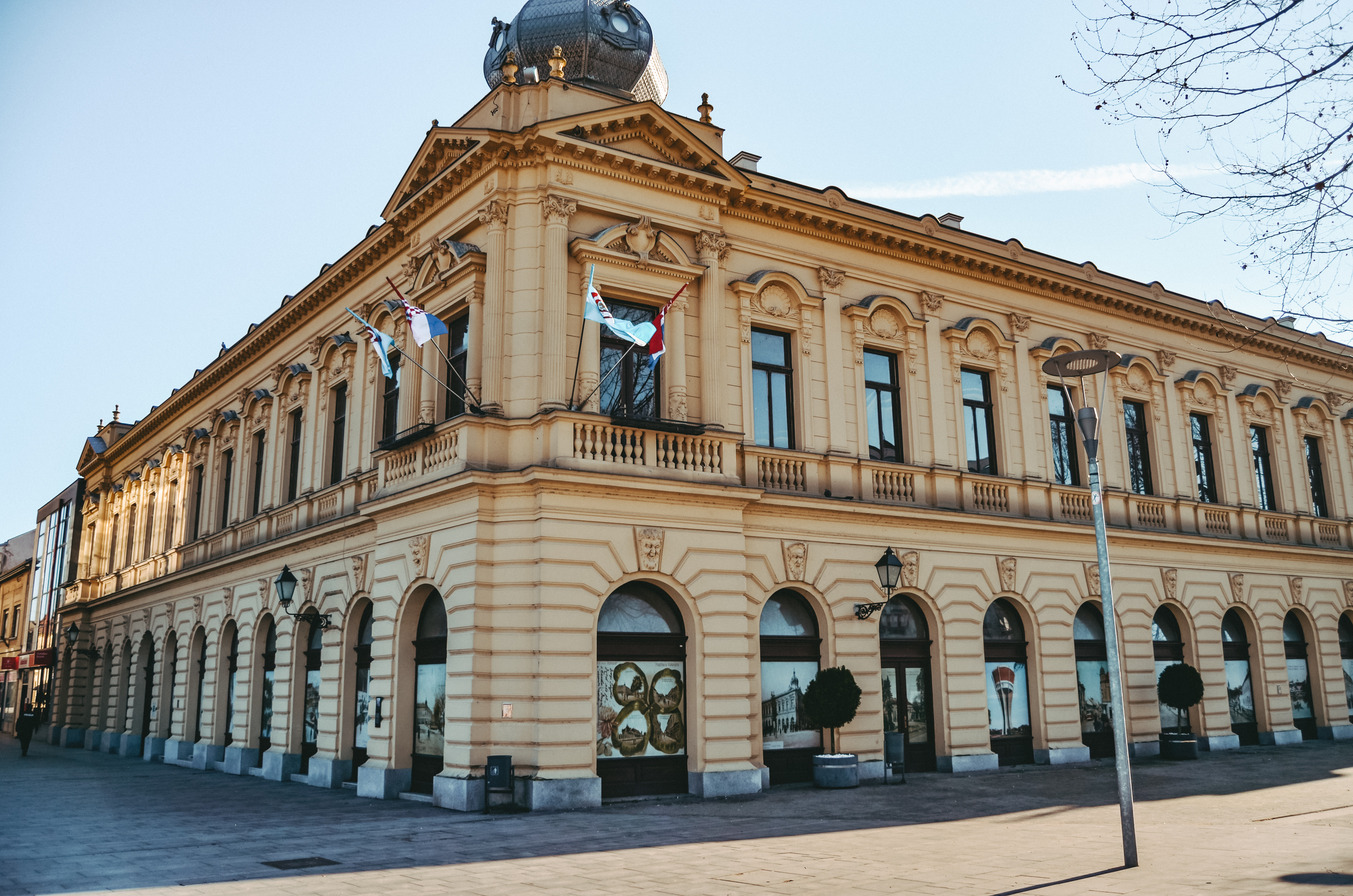
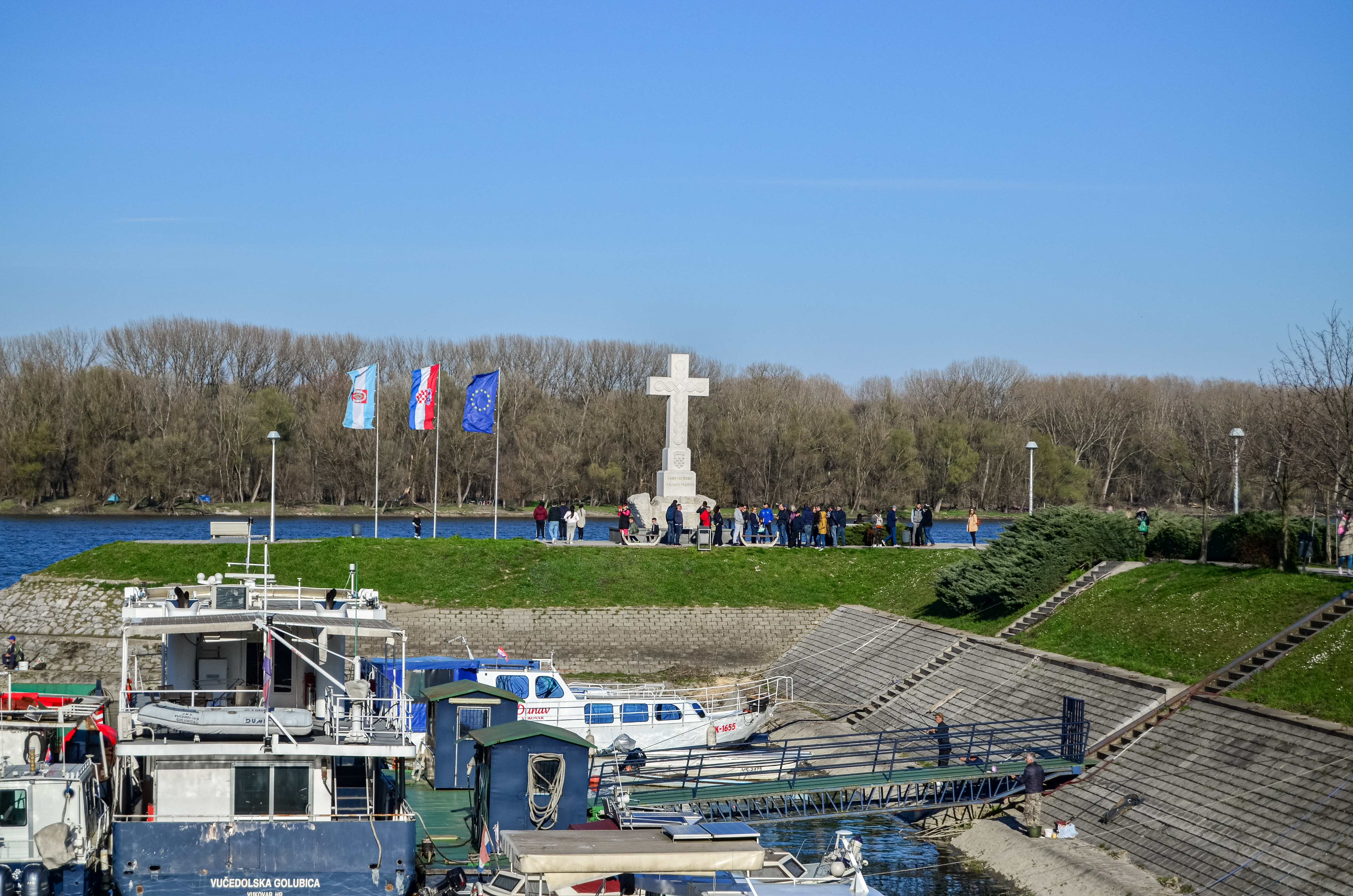
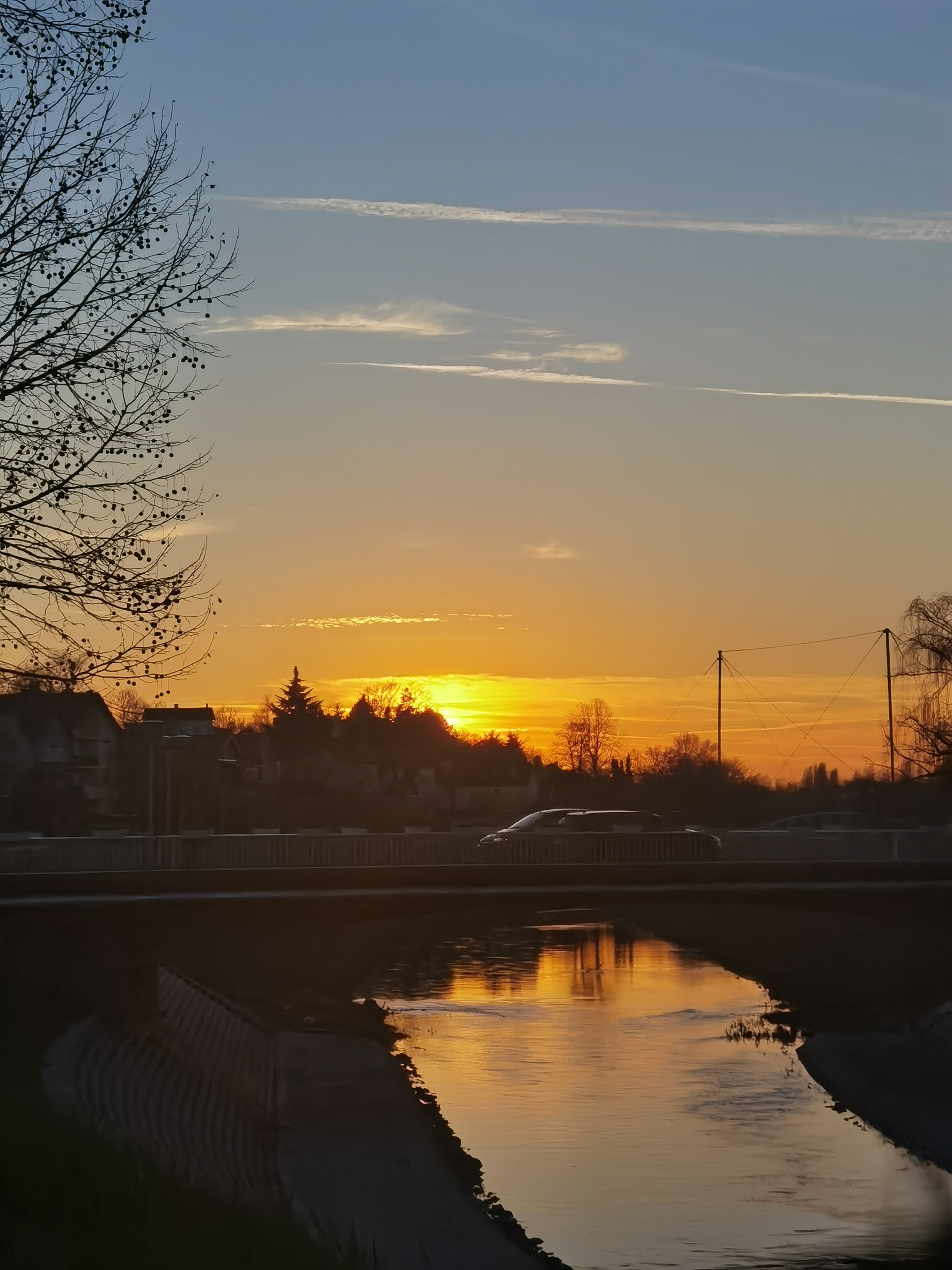
“The true soldier fights not because he hates what is in front of him, but because he loves what is behind him.”
― G.K. Chesterton
[//]:# (!pinmapple 45.34398 lat 19.00242 long d3scr)

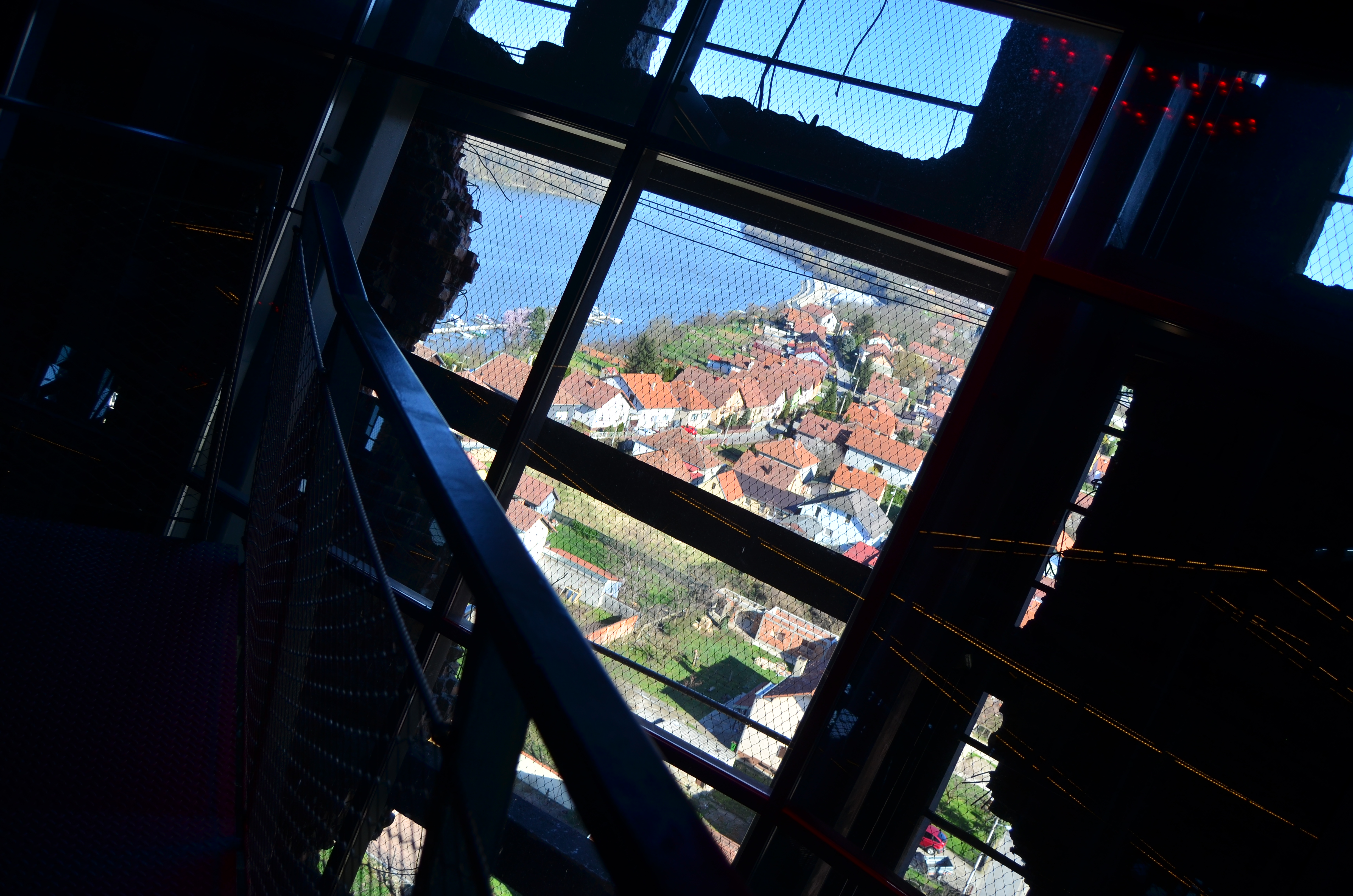
The rewards earned on this comment will go directly to the people( @storiesoferne ) sharing the post on Twitter as long as they are registered with @poshtoken. Sign up at https://hiveposh.com.
Thank you! Much appreciated! ❤️
Daily Travel Digest #1829.
Become part of our travel community:
- Join our Discord
- Learn more about our travel application
Hiya, @LivingUKTaiwan here, just swinging by to let you know that this post made it into our Honorable Mentions in Your post has been manually curated by the @pinmapple team. If you like what we're doing, please drop by to check out all the rest of today's great posts and consider supporting other authors like yourself and us so we can keep the project going!Thank you so much.
I appreciate it ❤️
Congratulations, your post has been added to Pinmapple! 🎉🥳🍍
Did you know you have your own profile map?
And every post has their own map too!
Want to have your post on the map too?
Congratulations @lensational! You have completed the following achievement on the Hive blockchain And have been rewarded with New badge(s)
Your next target is to reach 20000 upvotes.
You can view your badges on your board and compare yourself to others in the Ranking
If you no longer want to receive notifications, reply to this comment with the word
STOPCheck out our last posts:
Support the HiveBuzz project. Vote for our proposal!